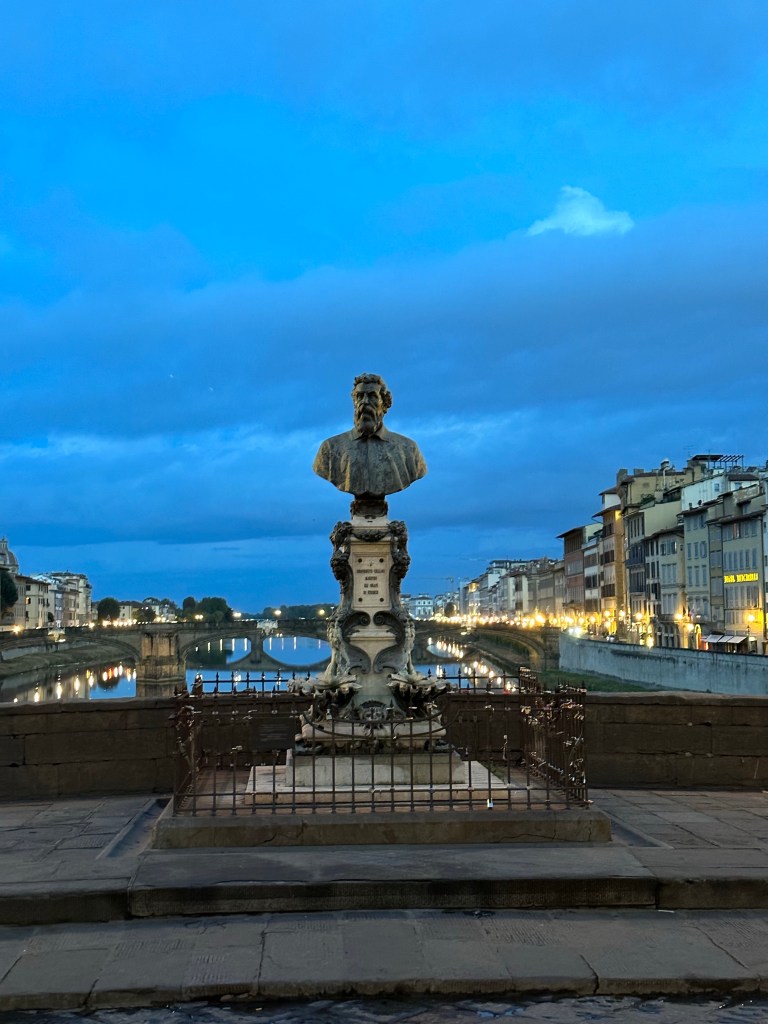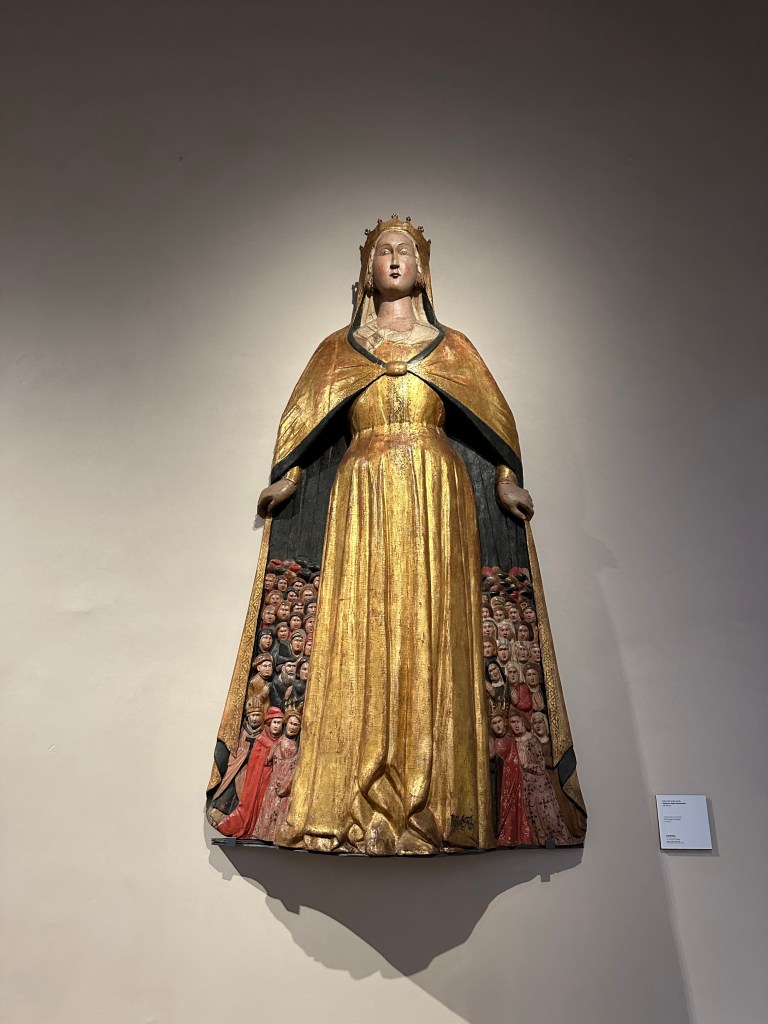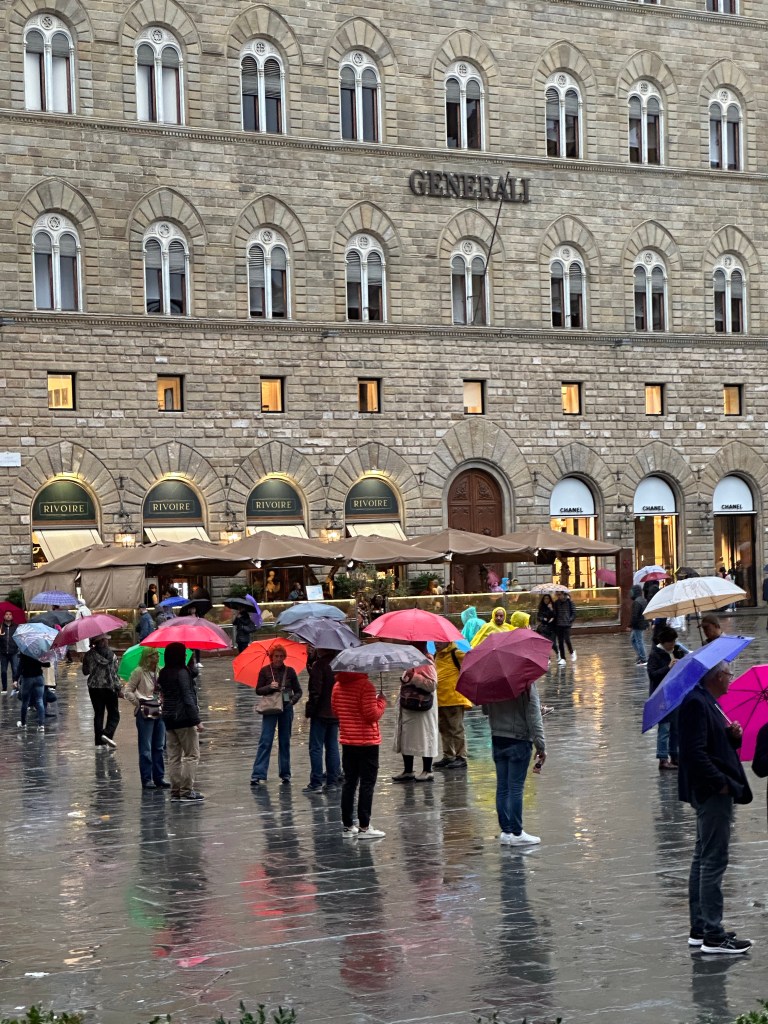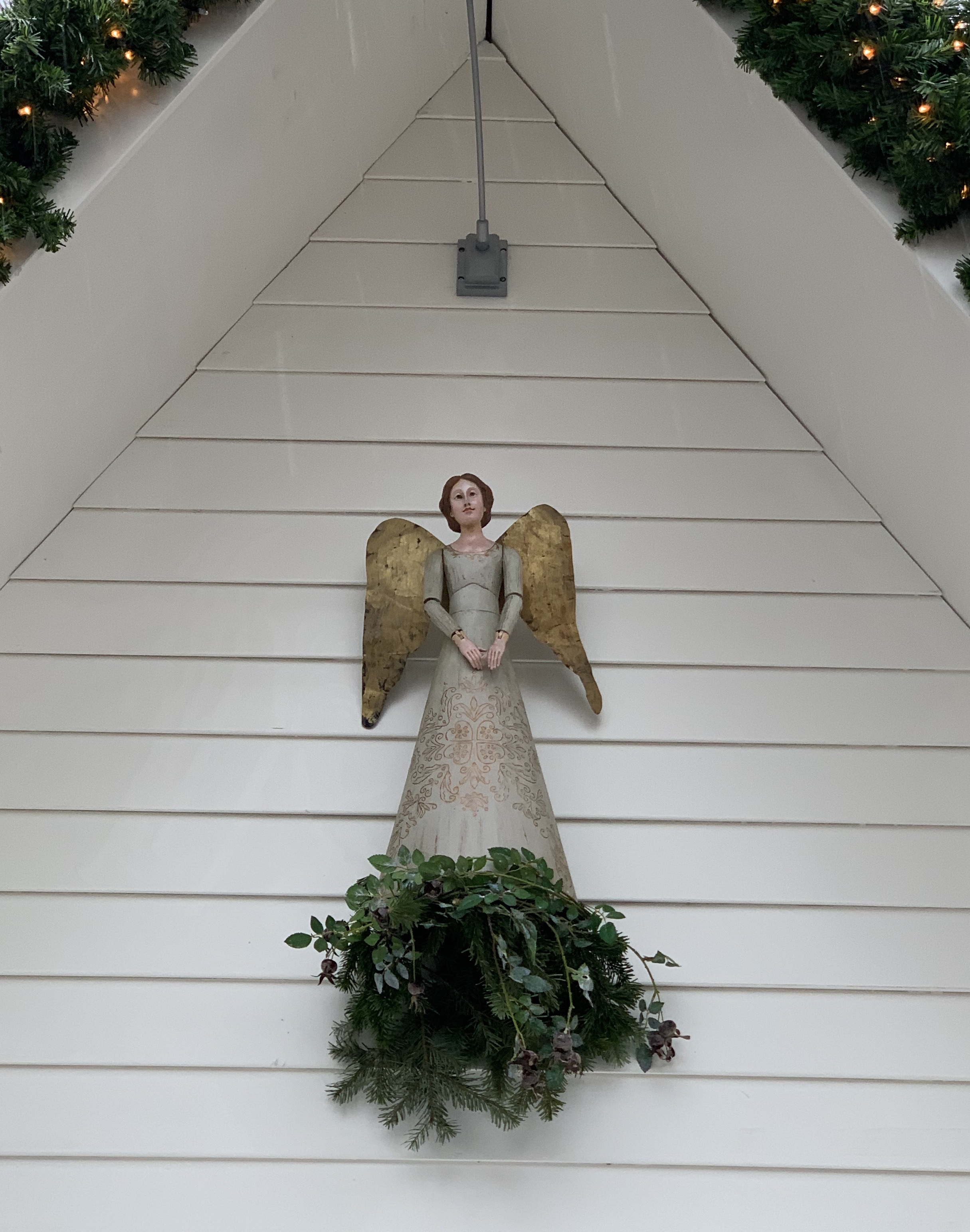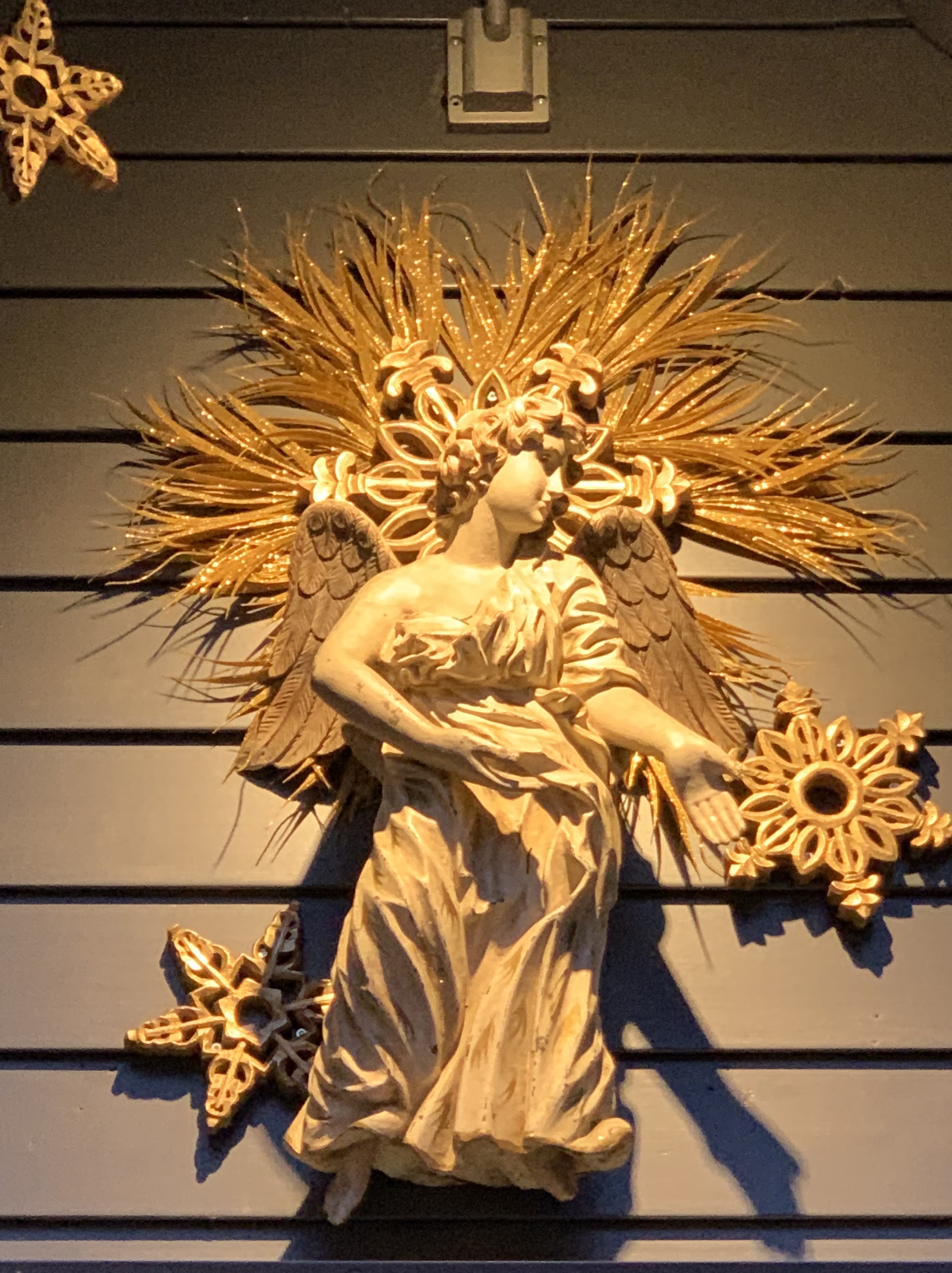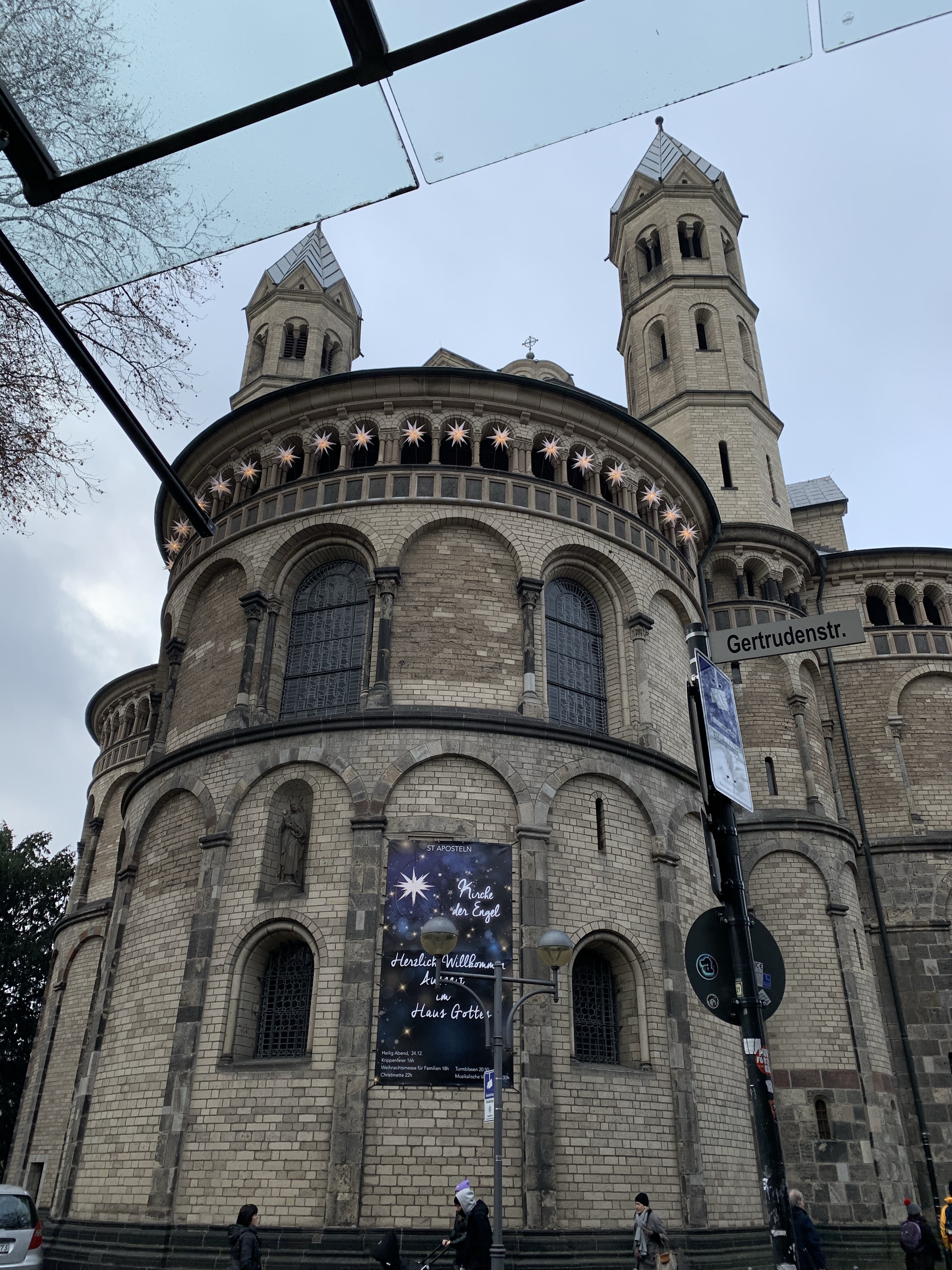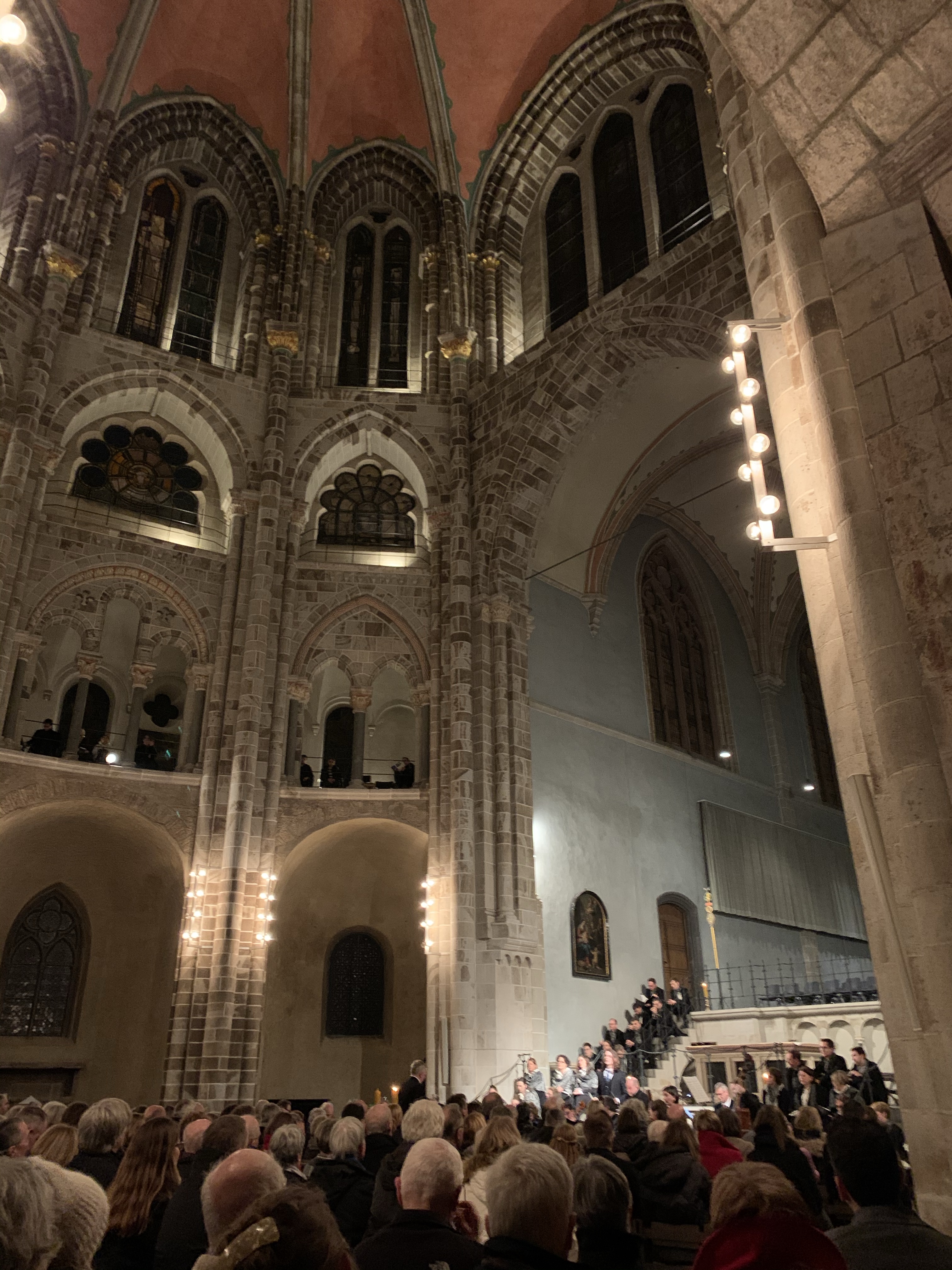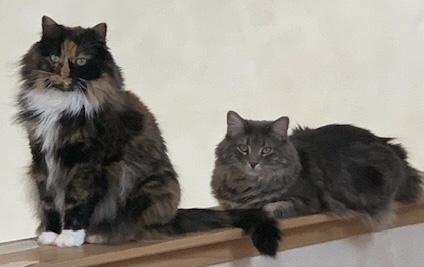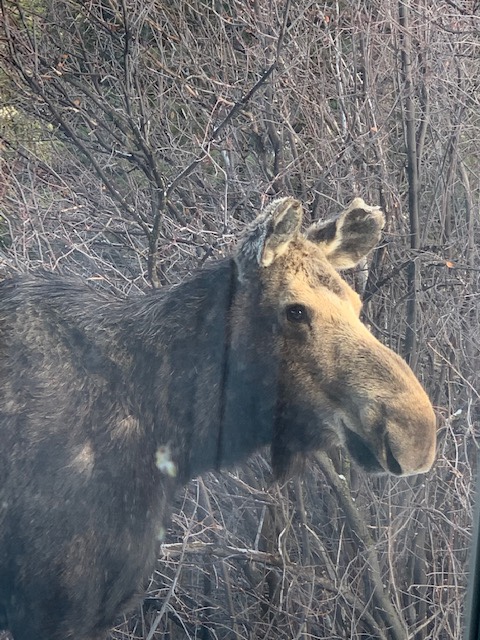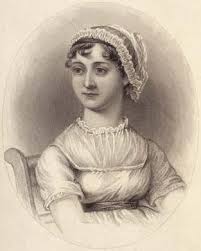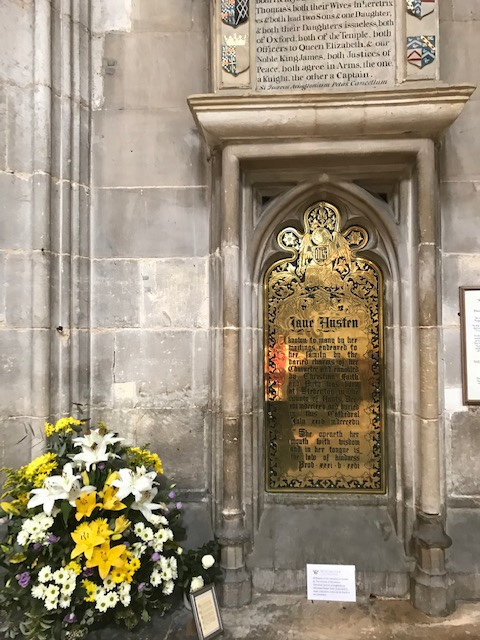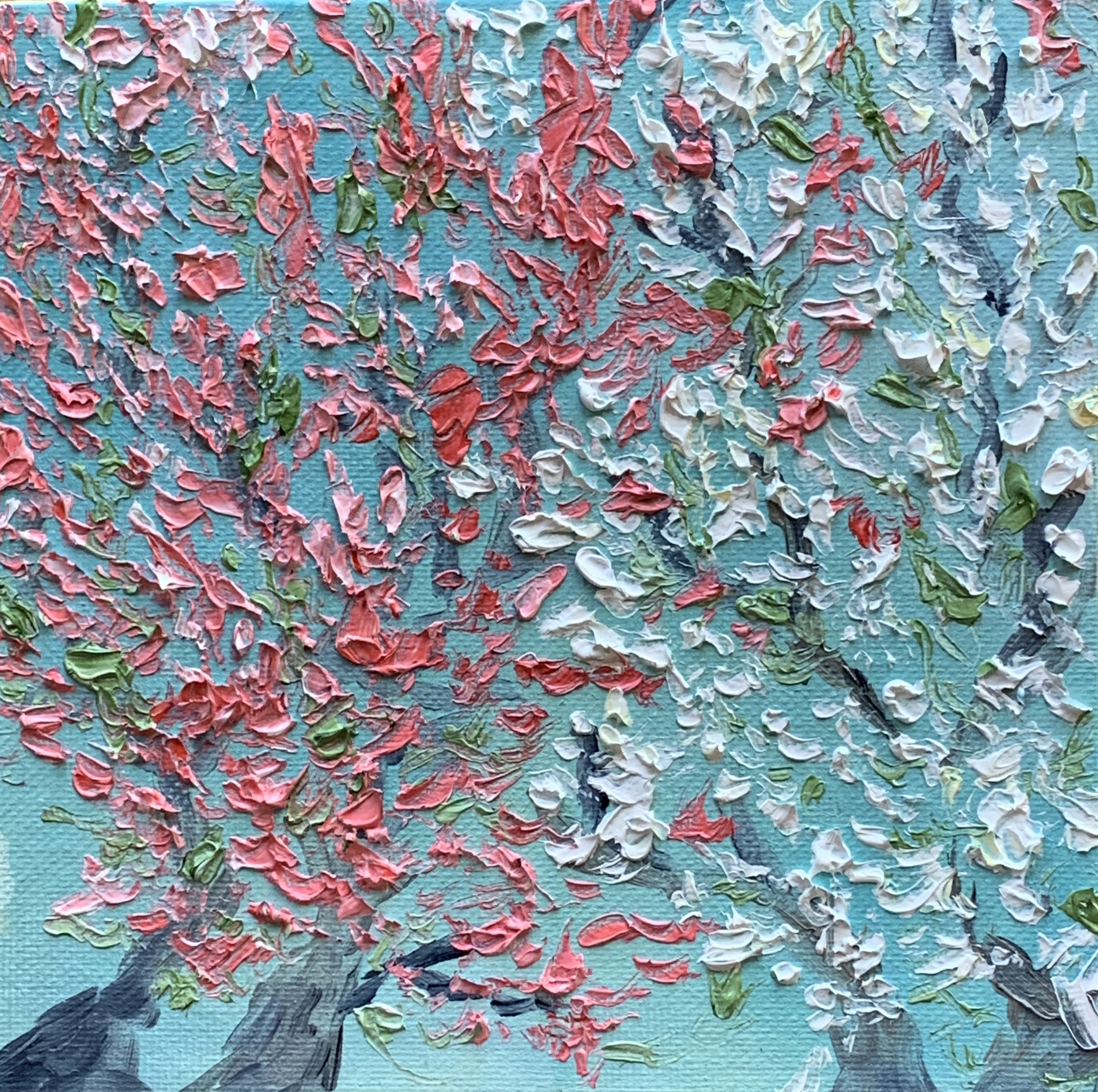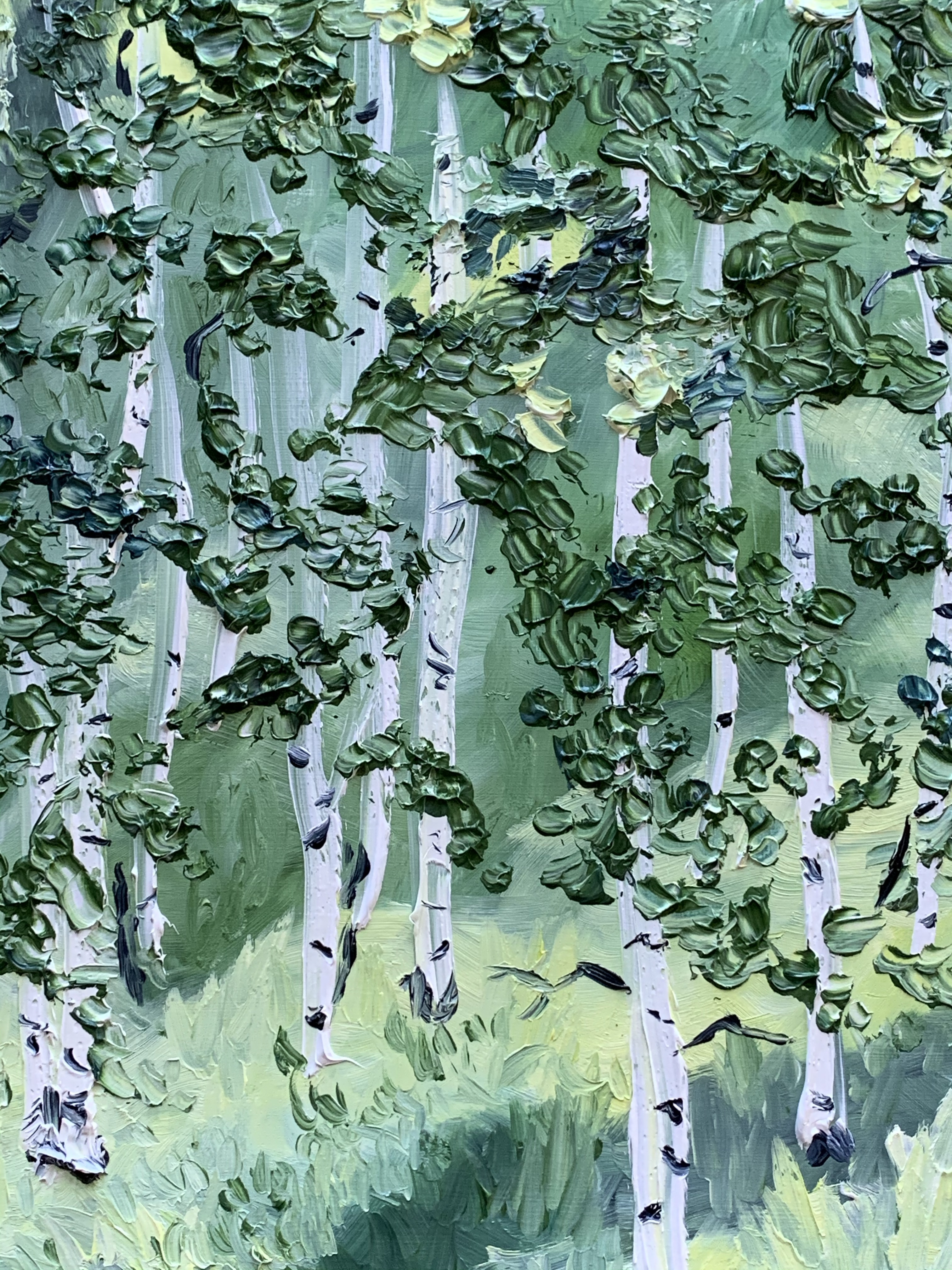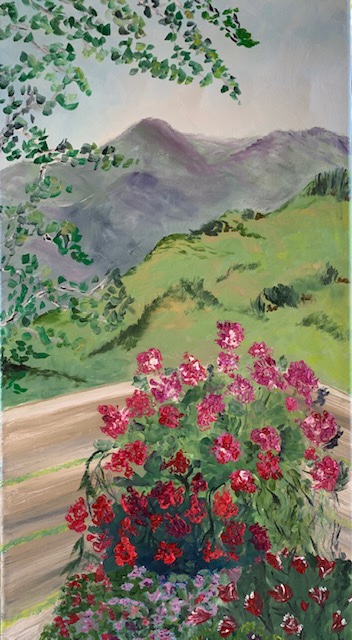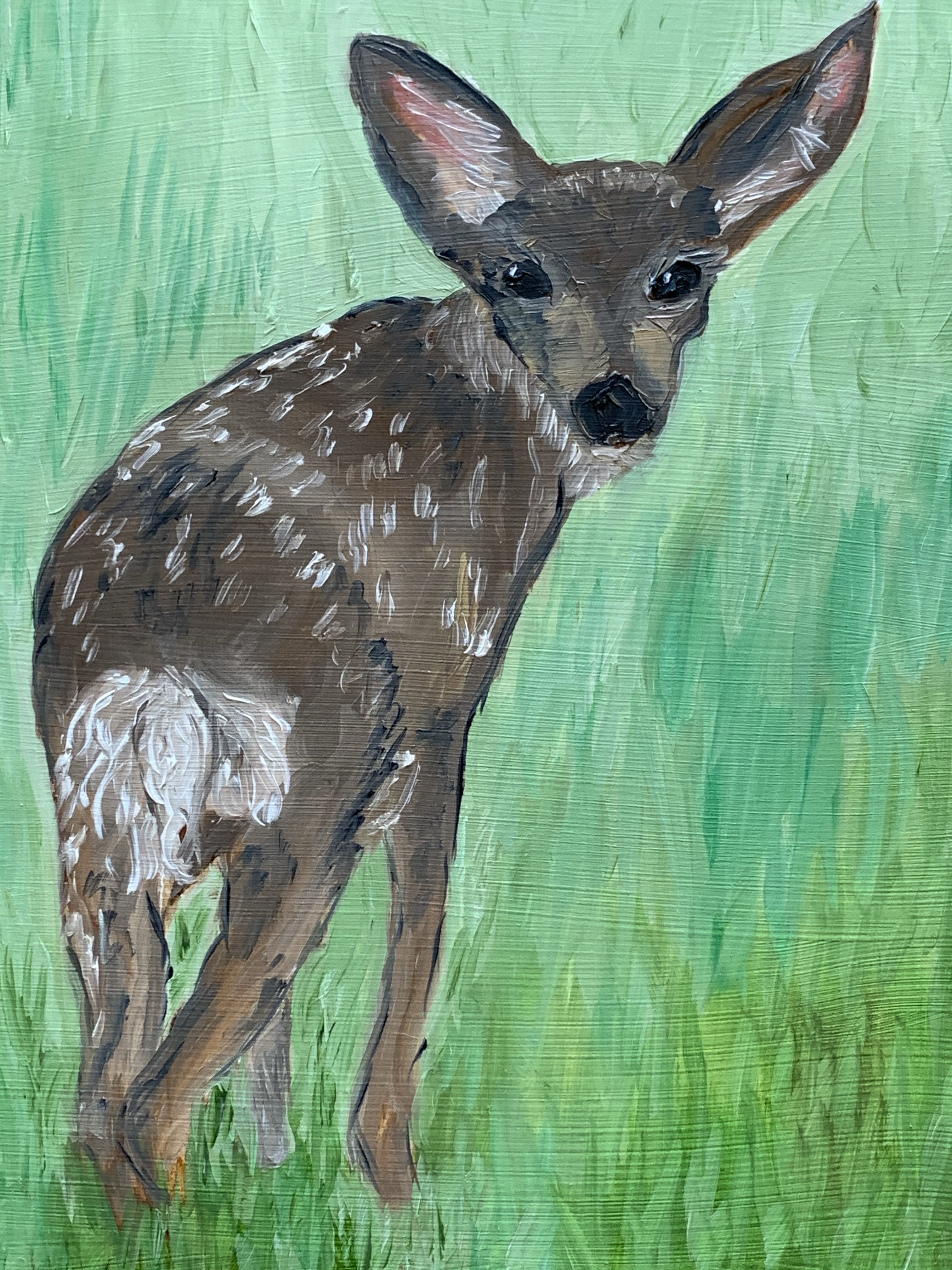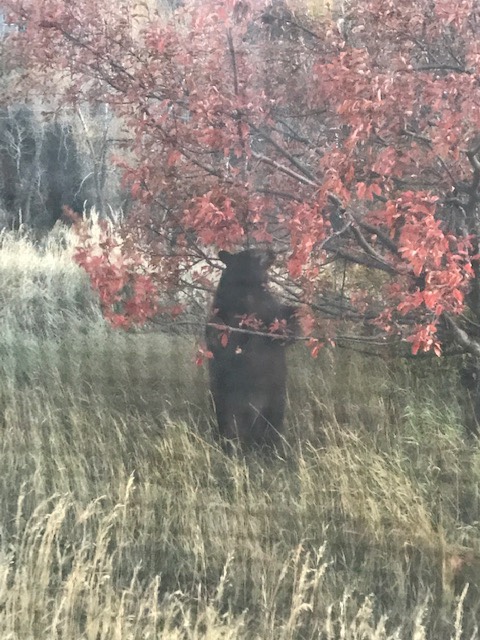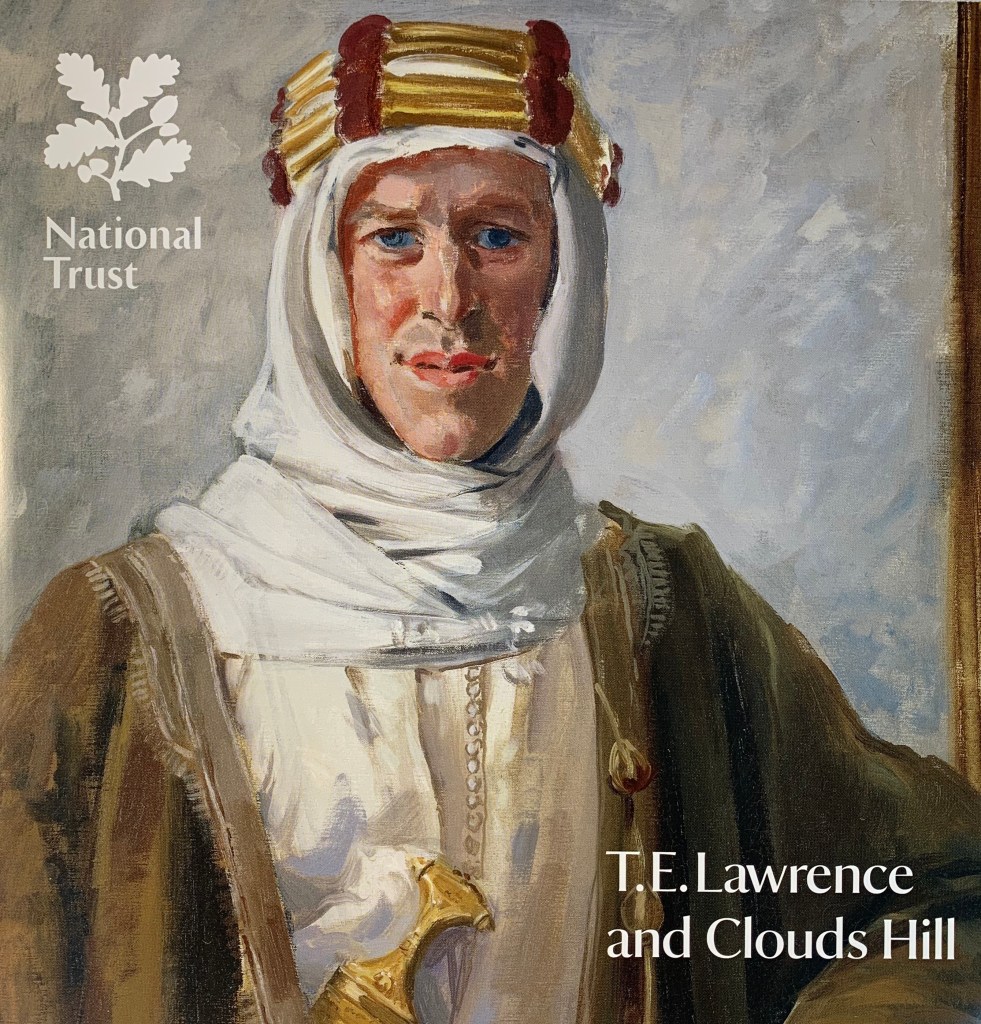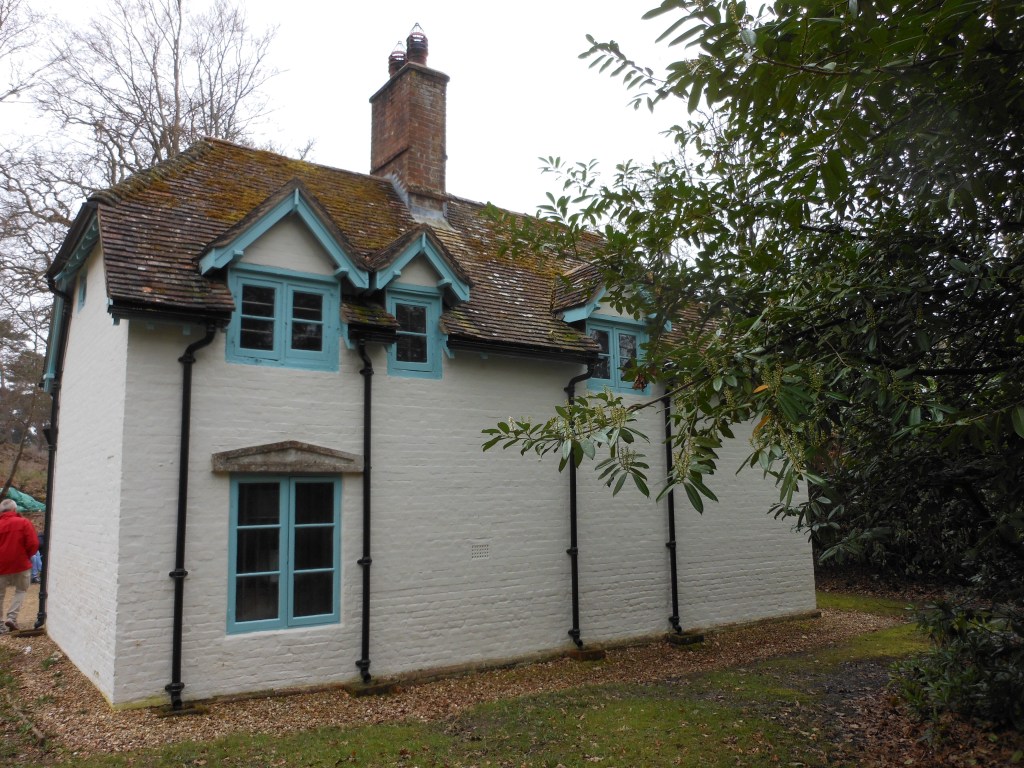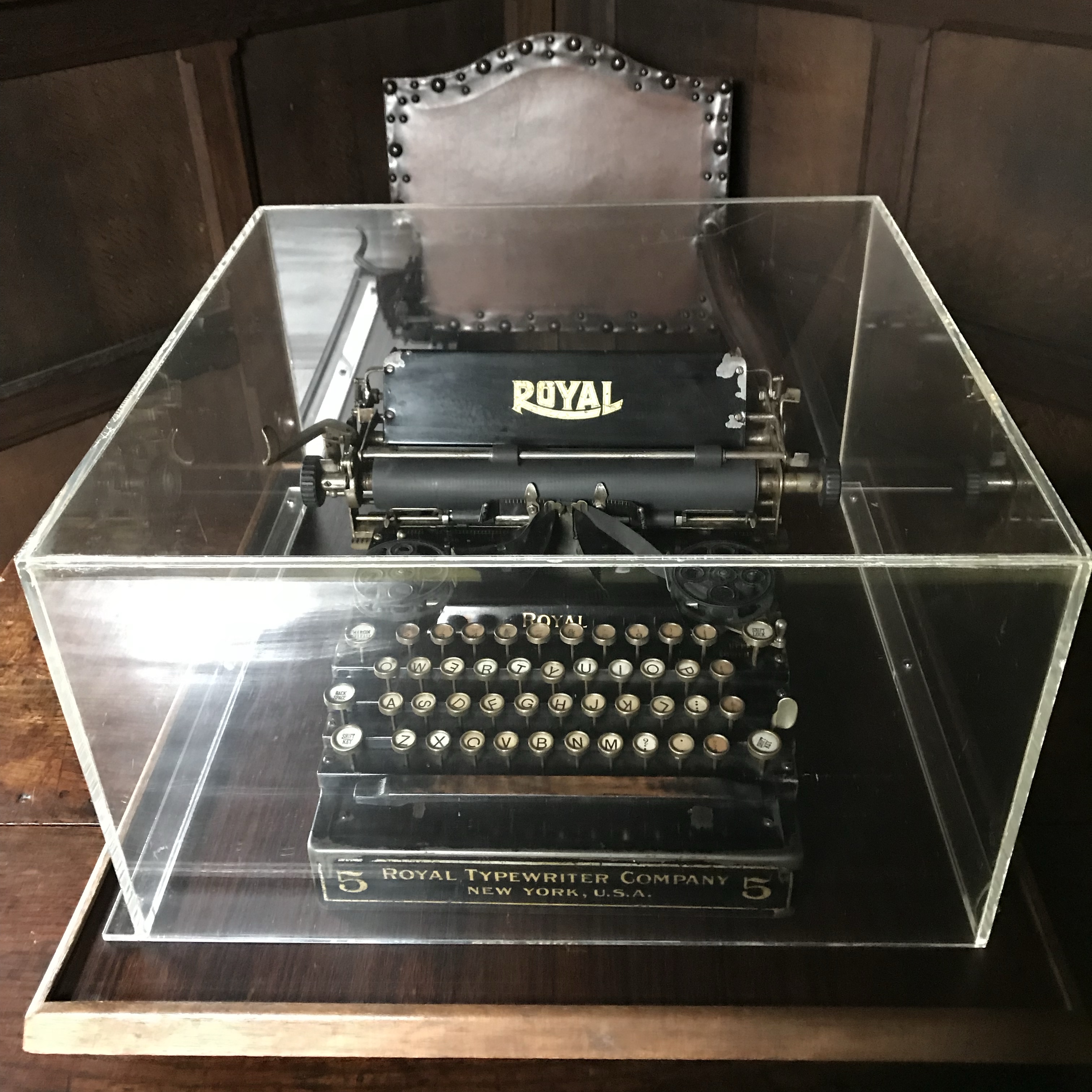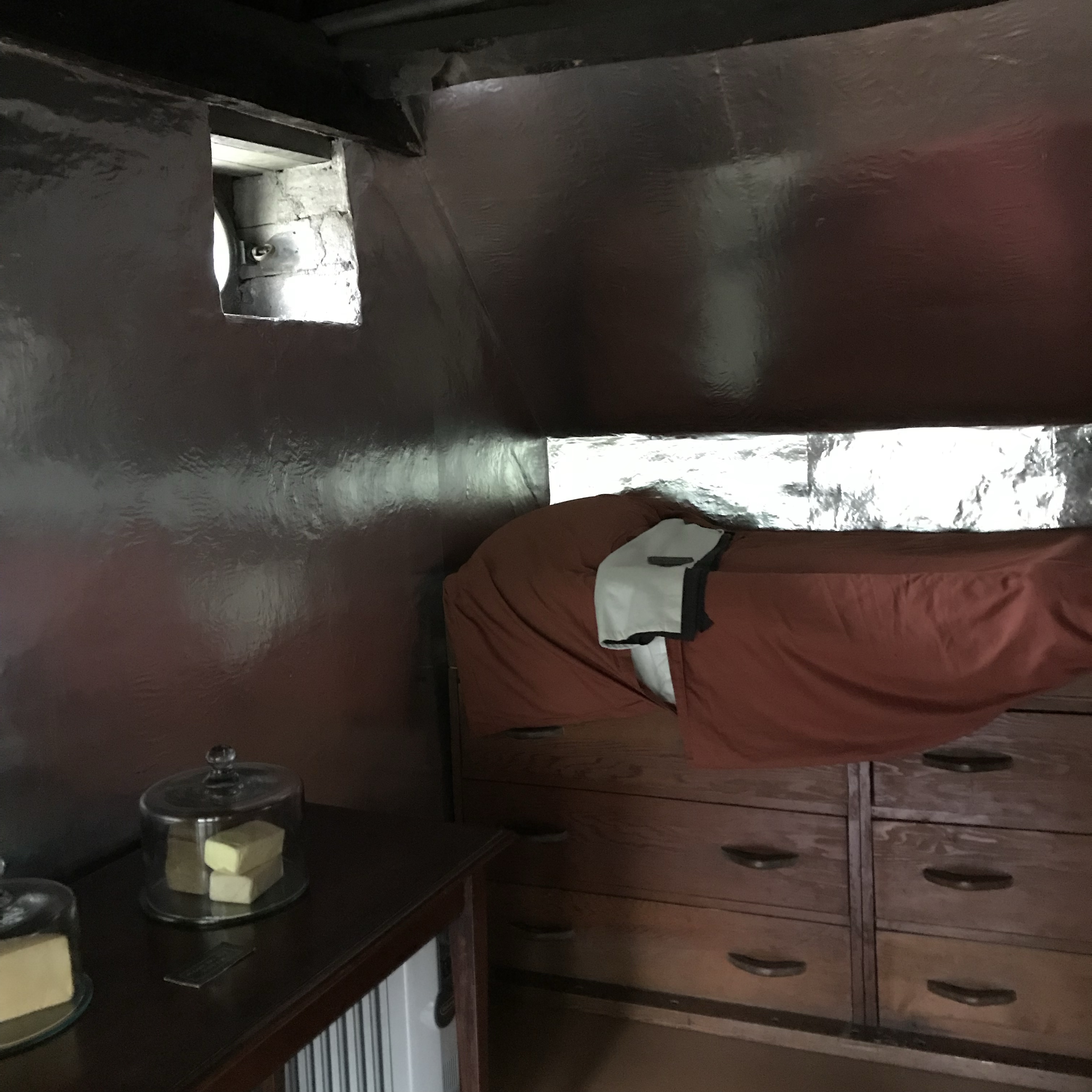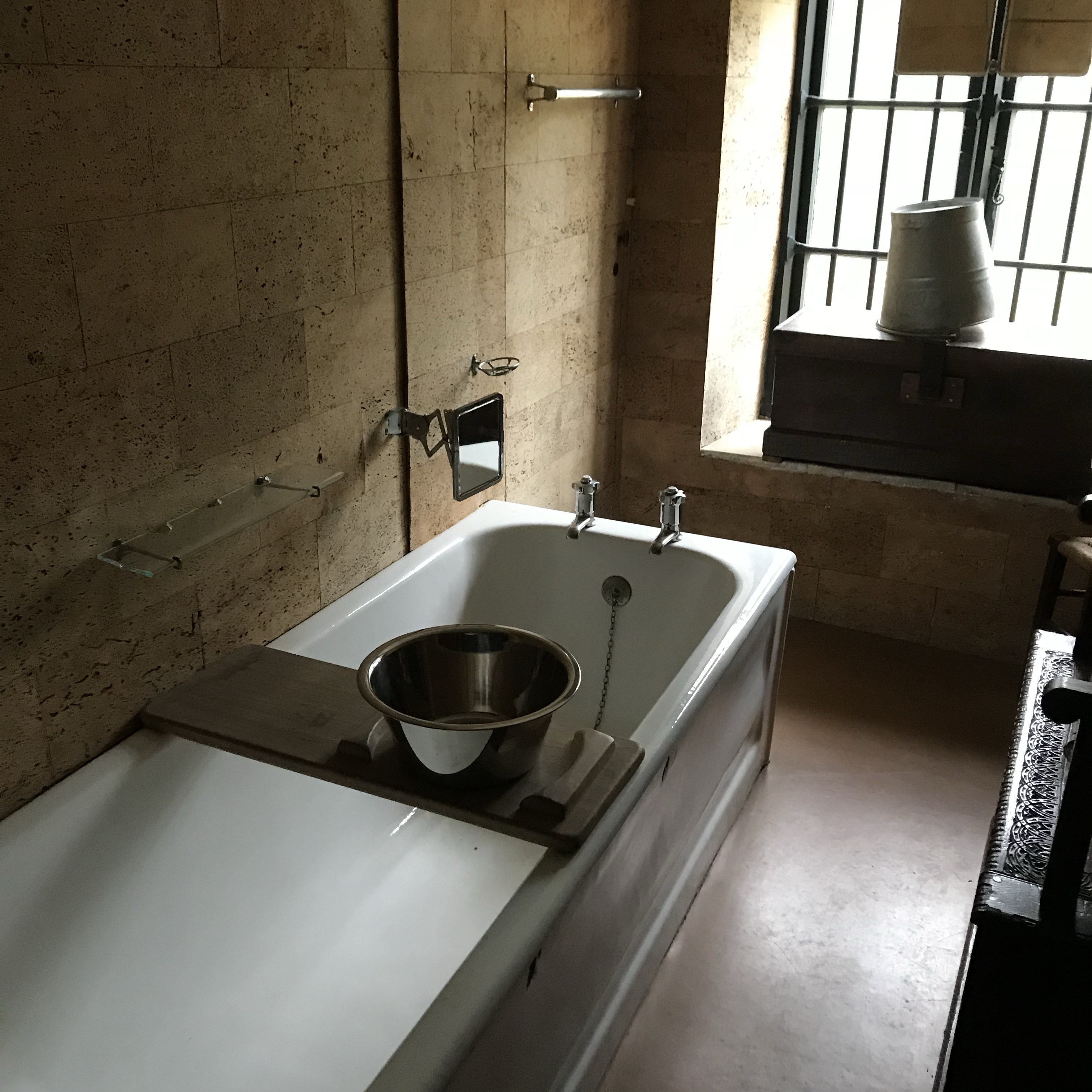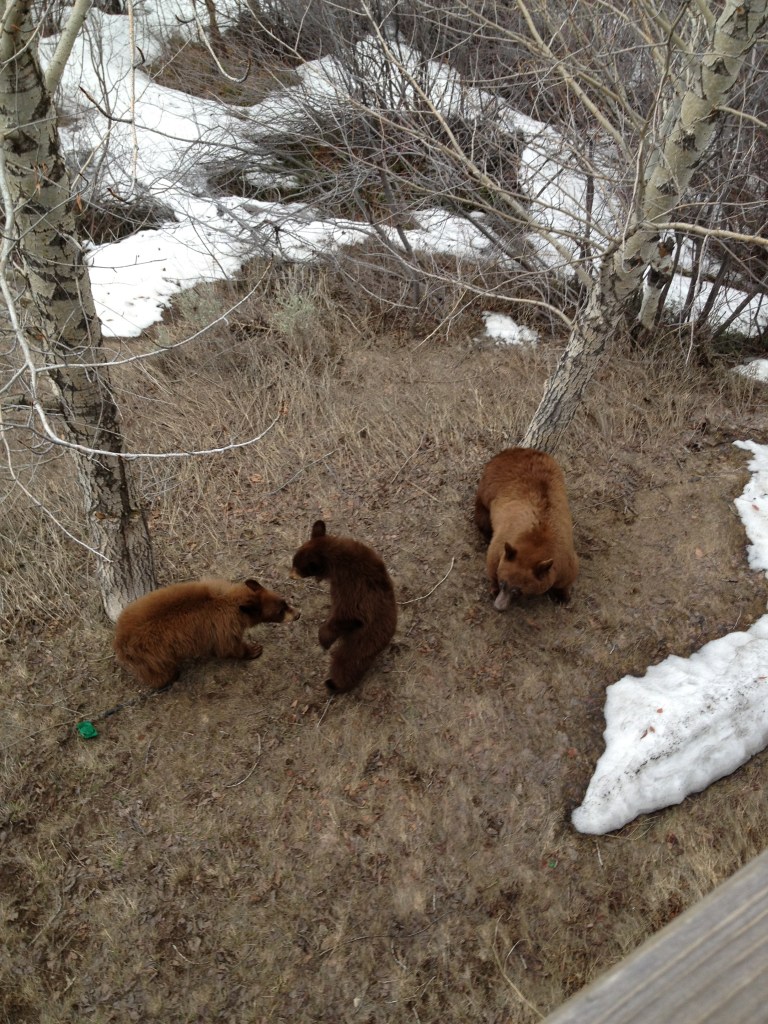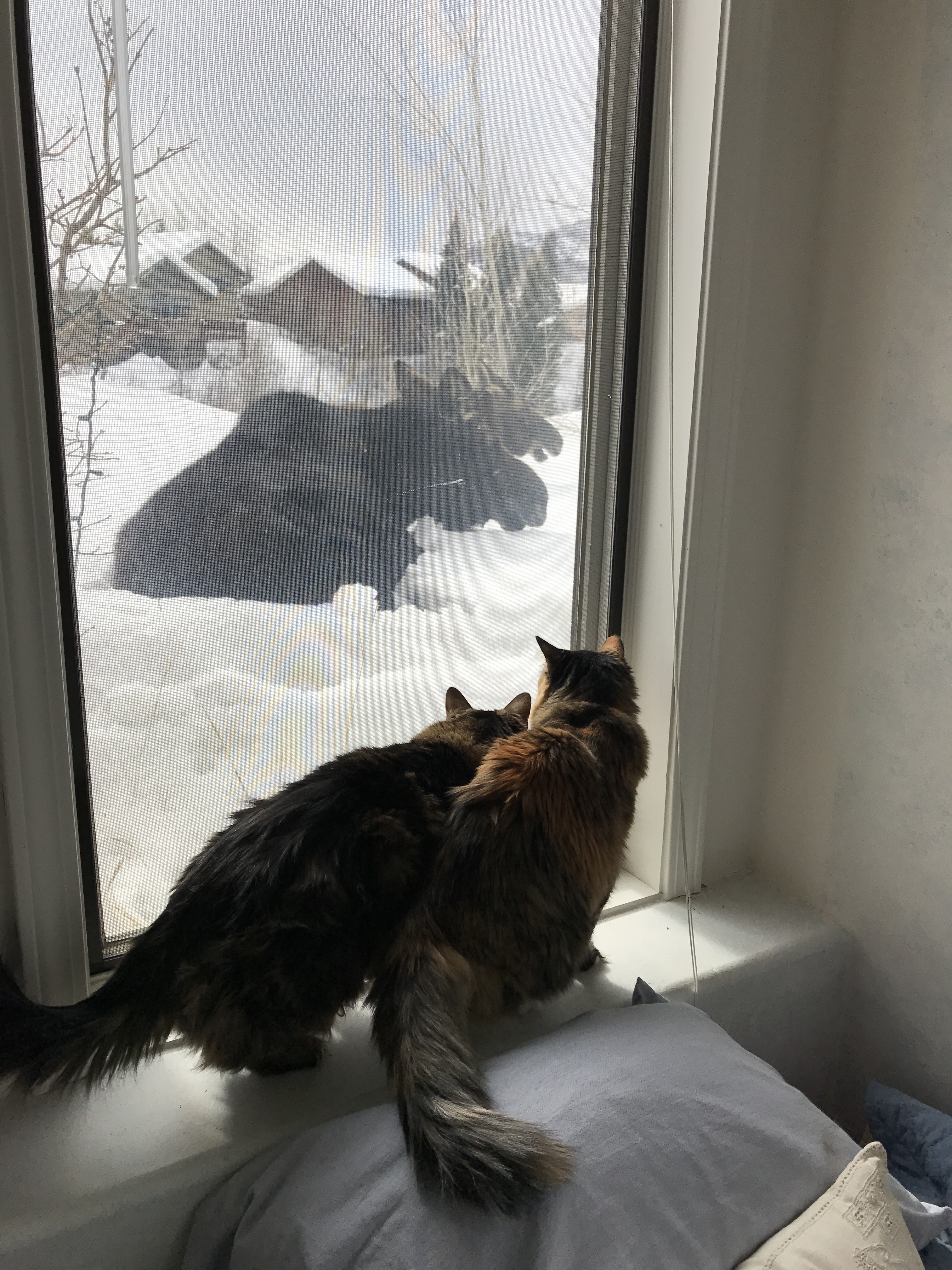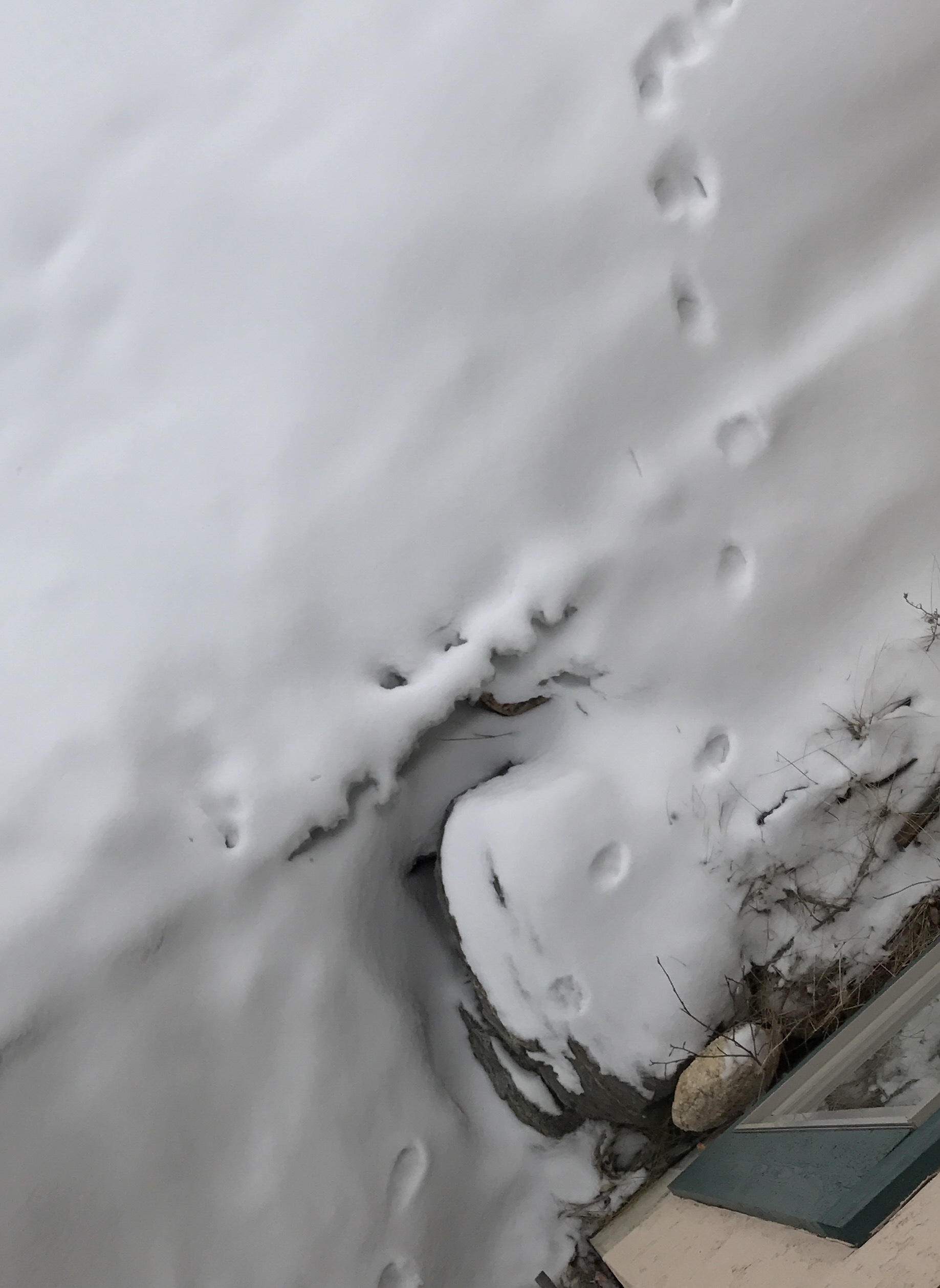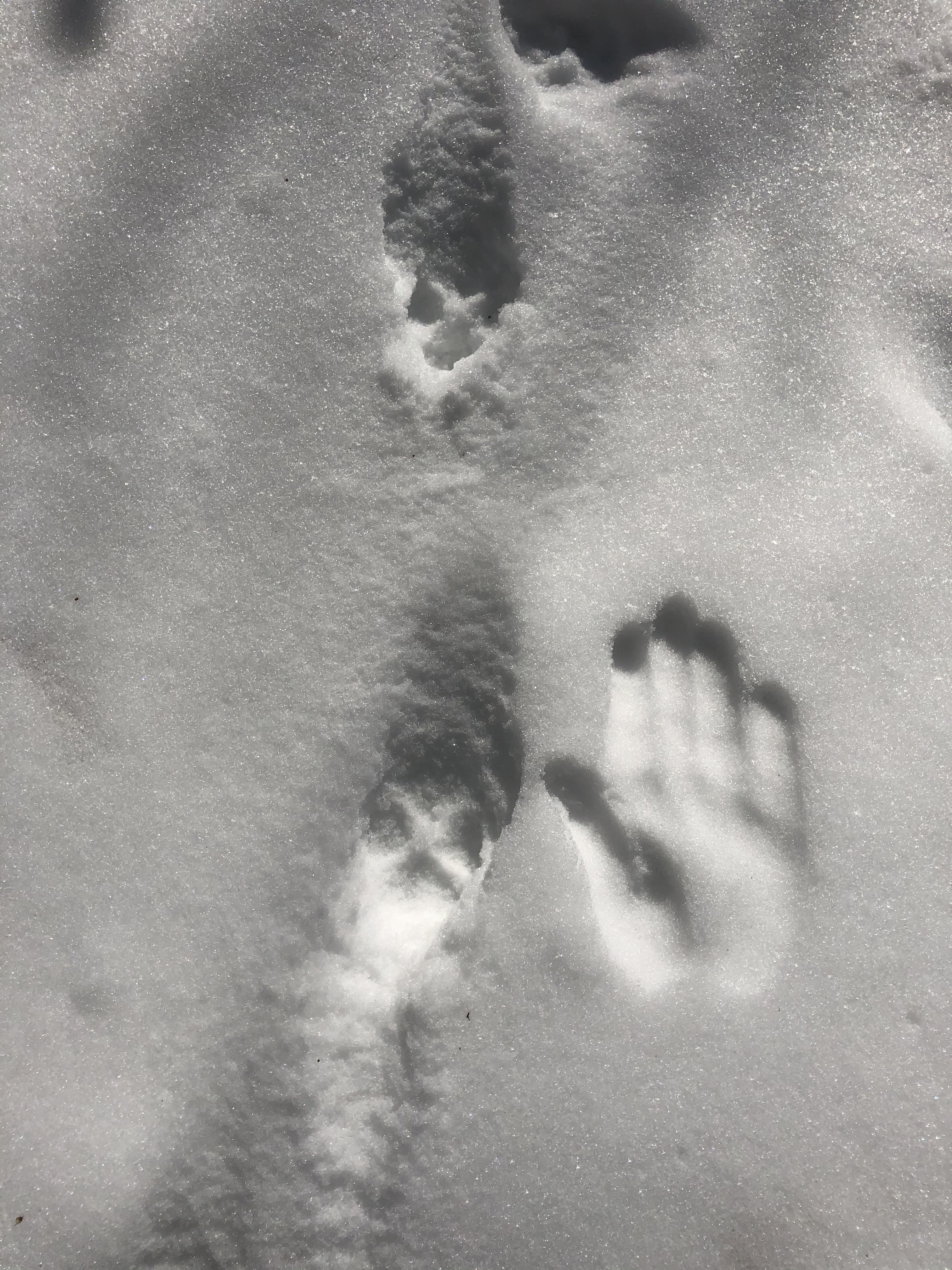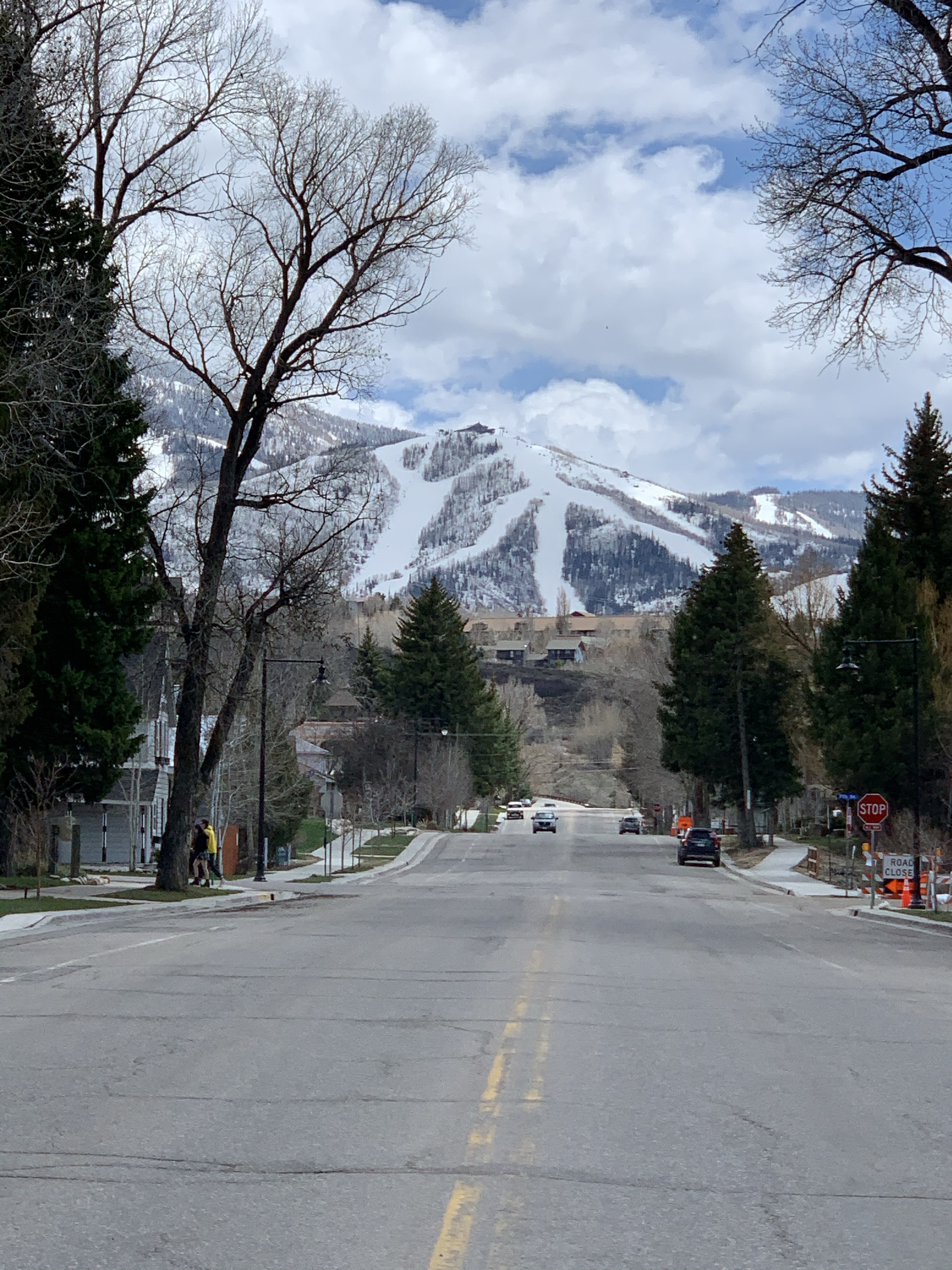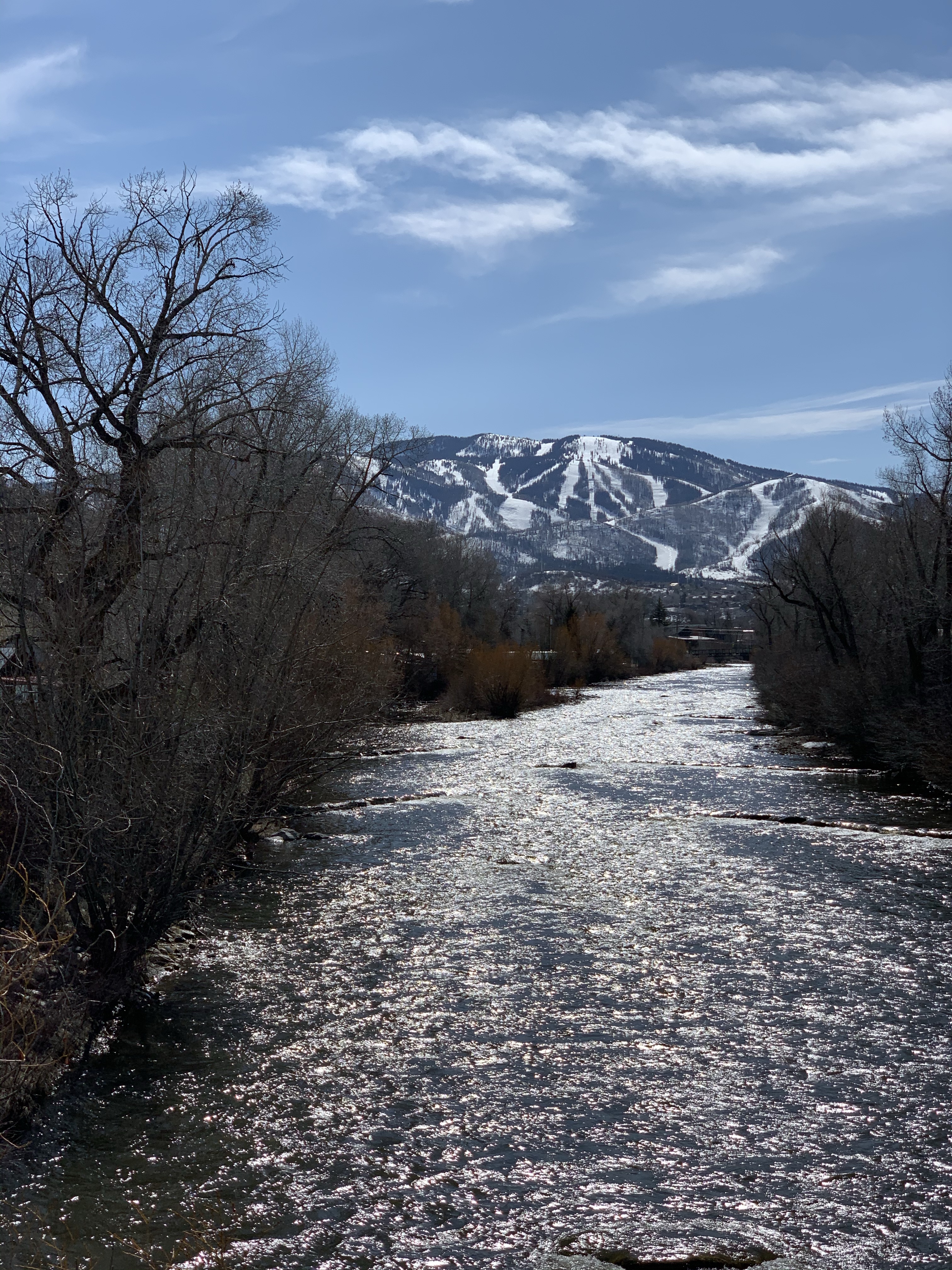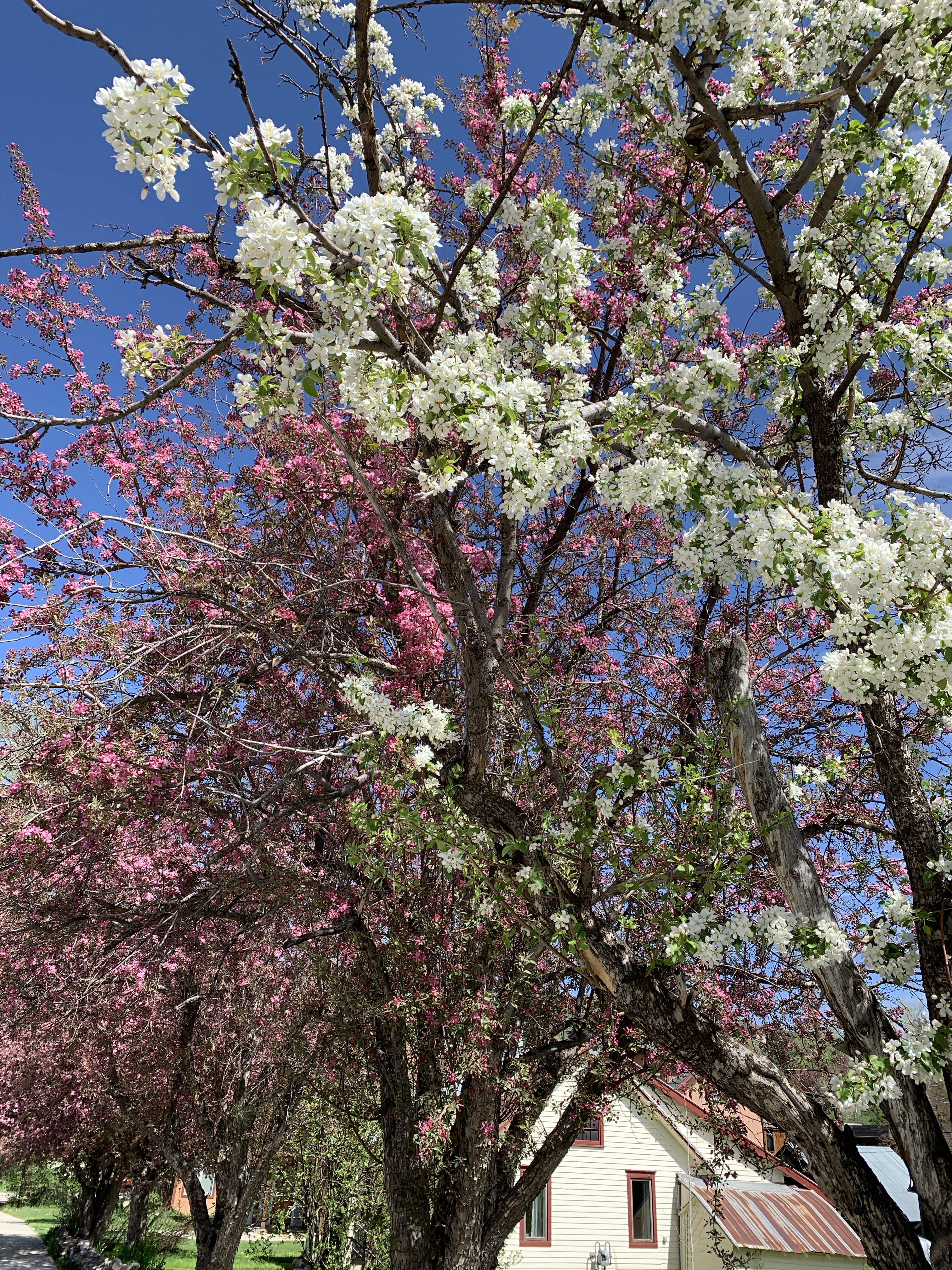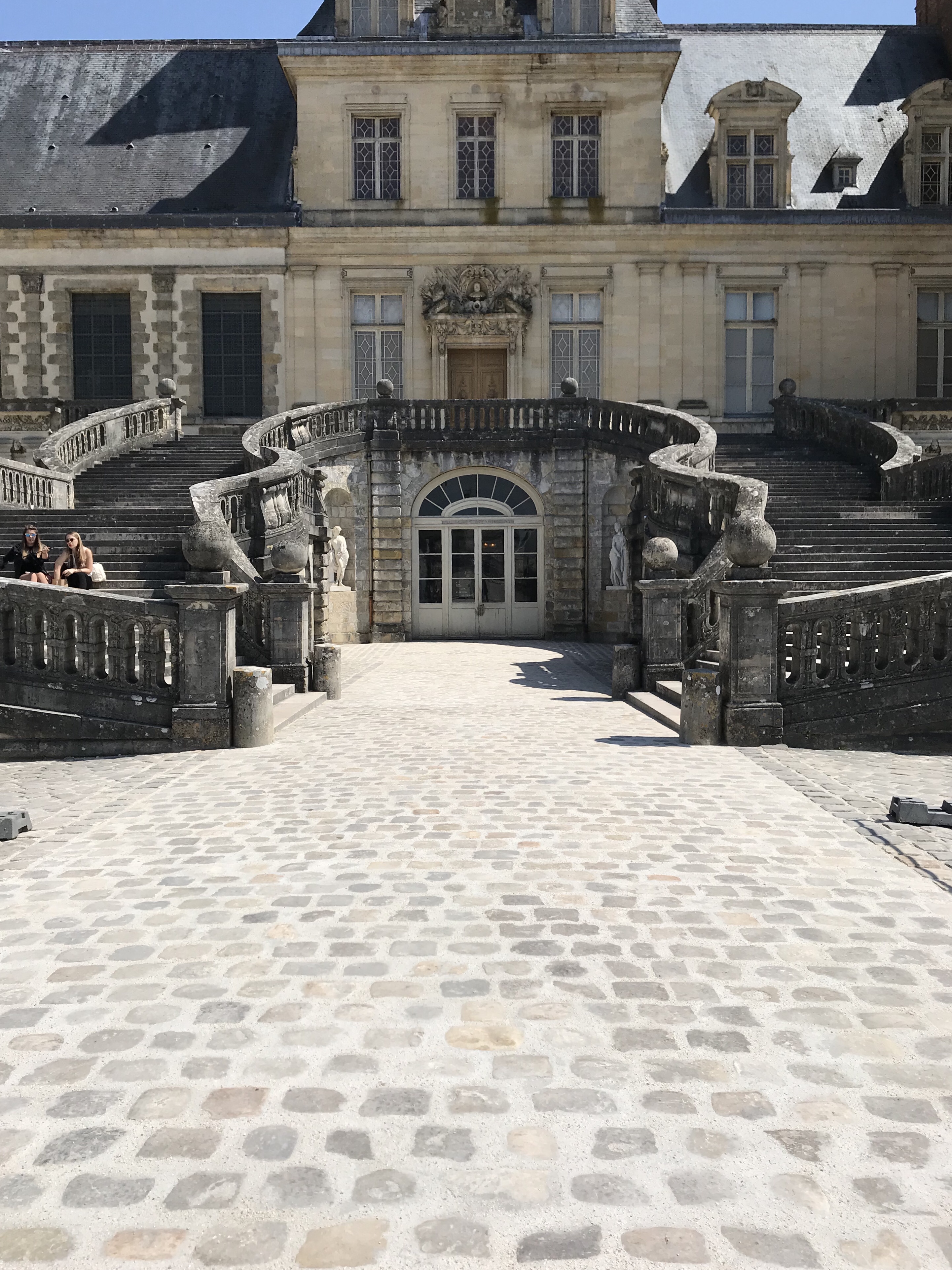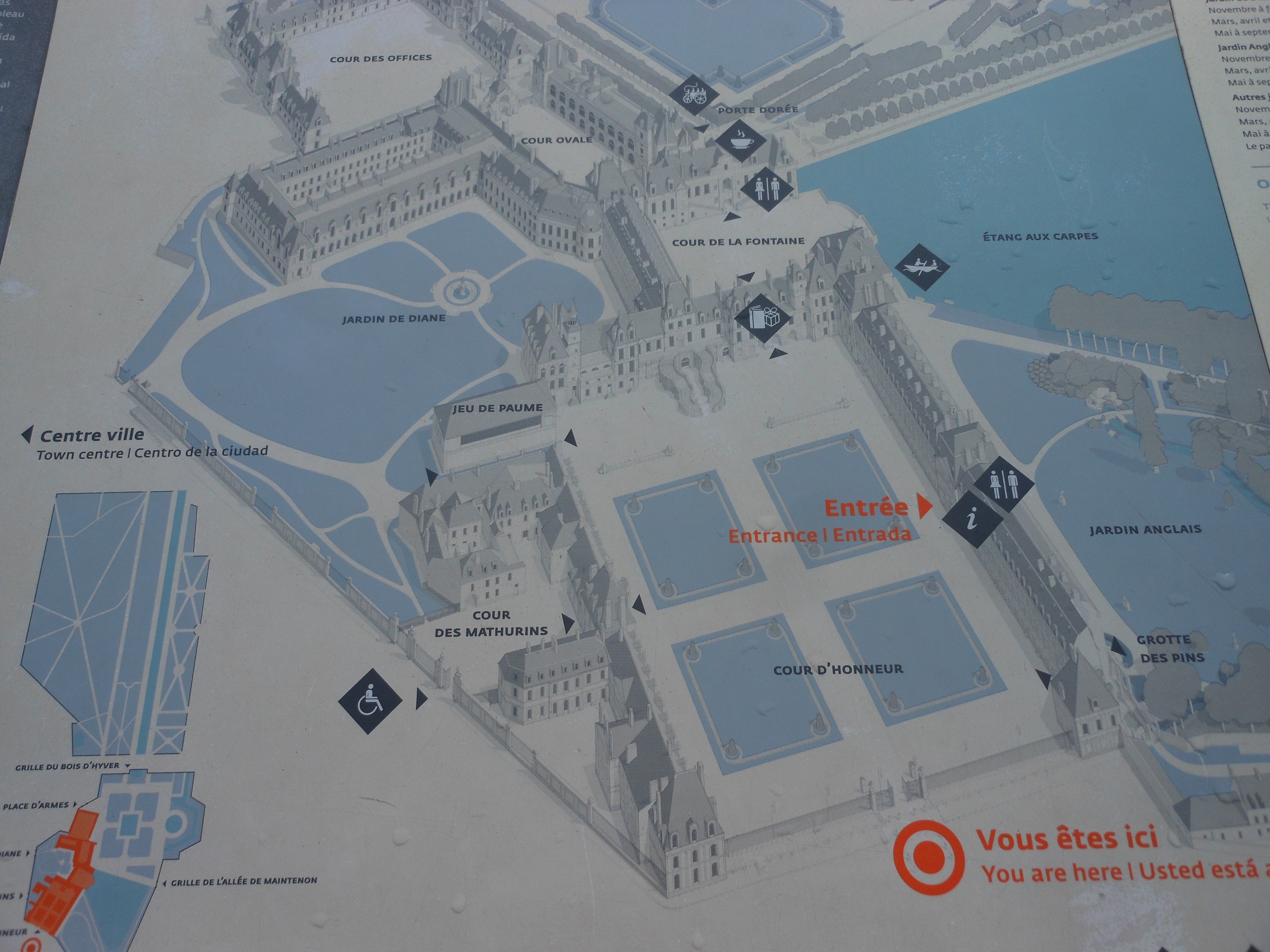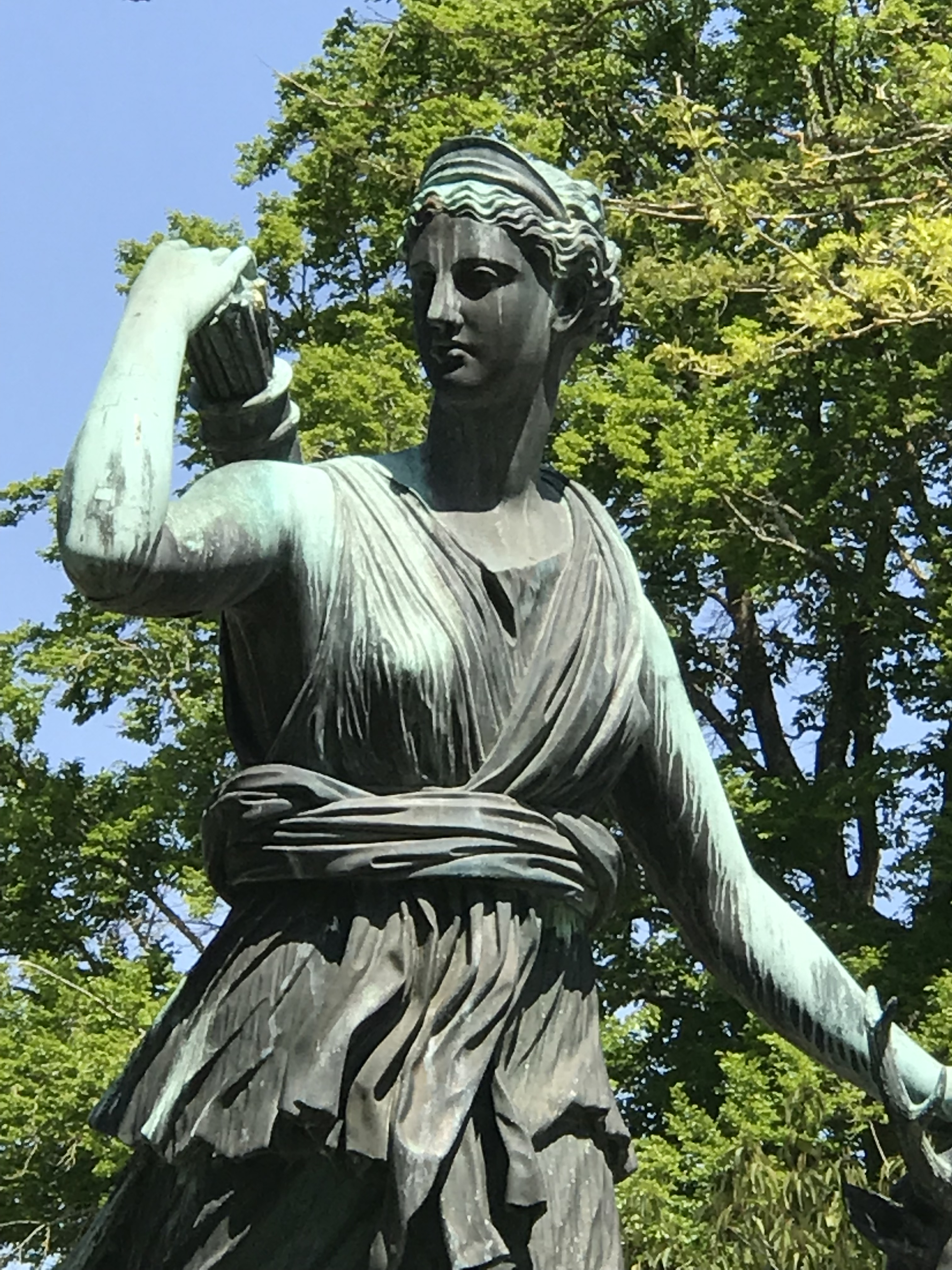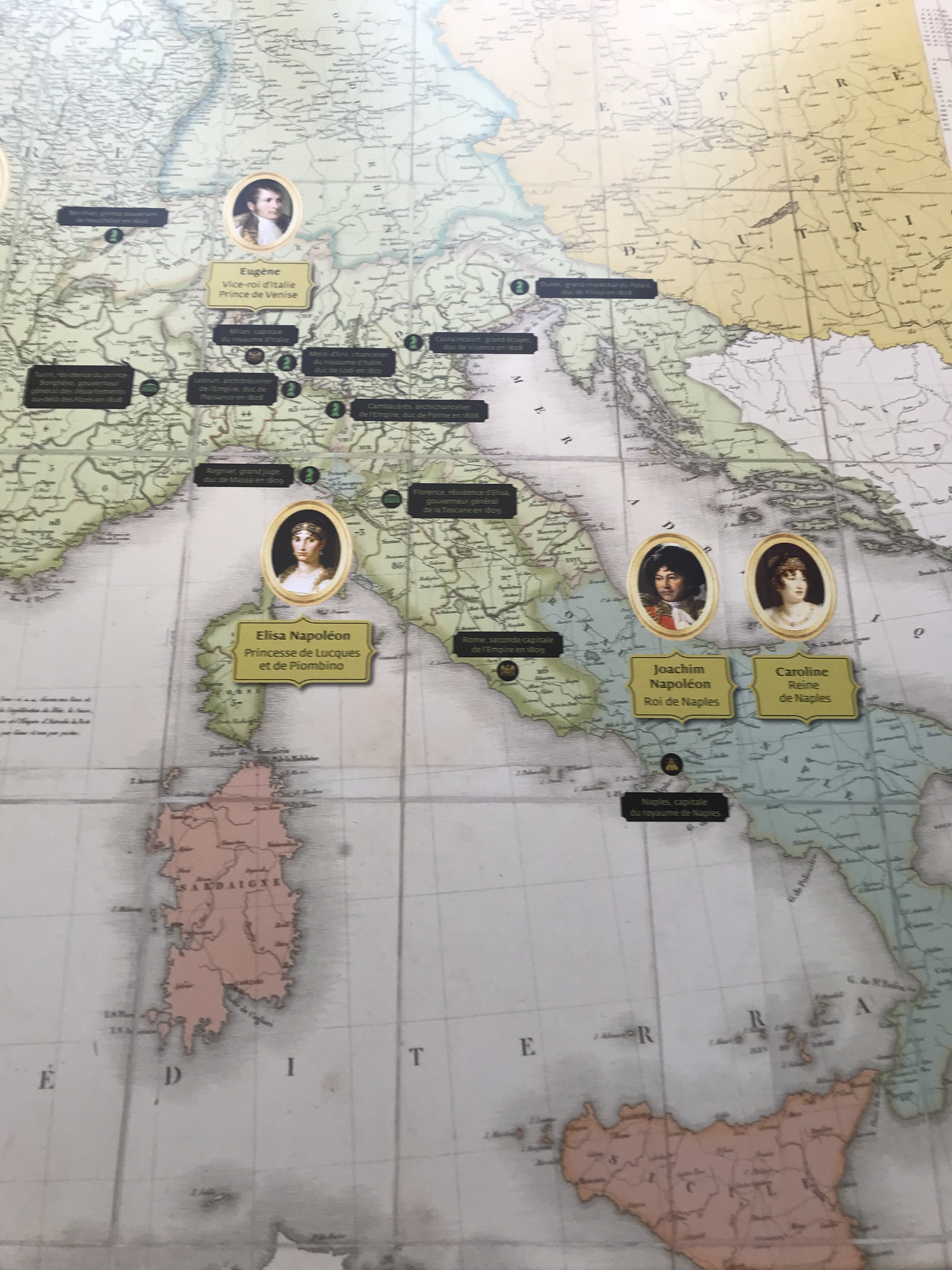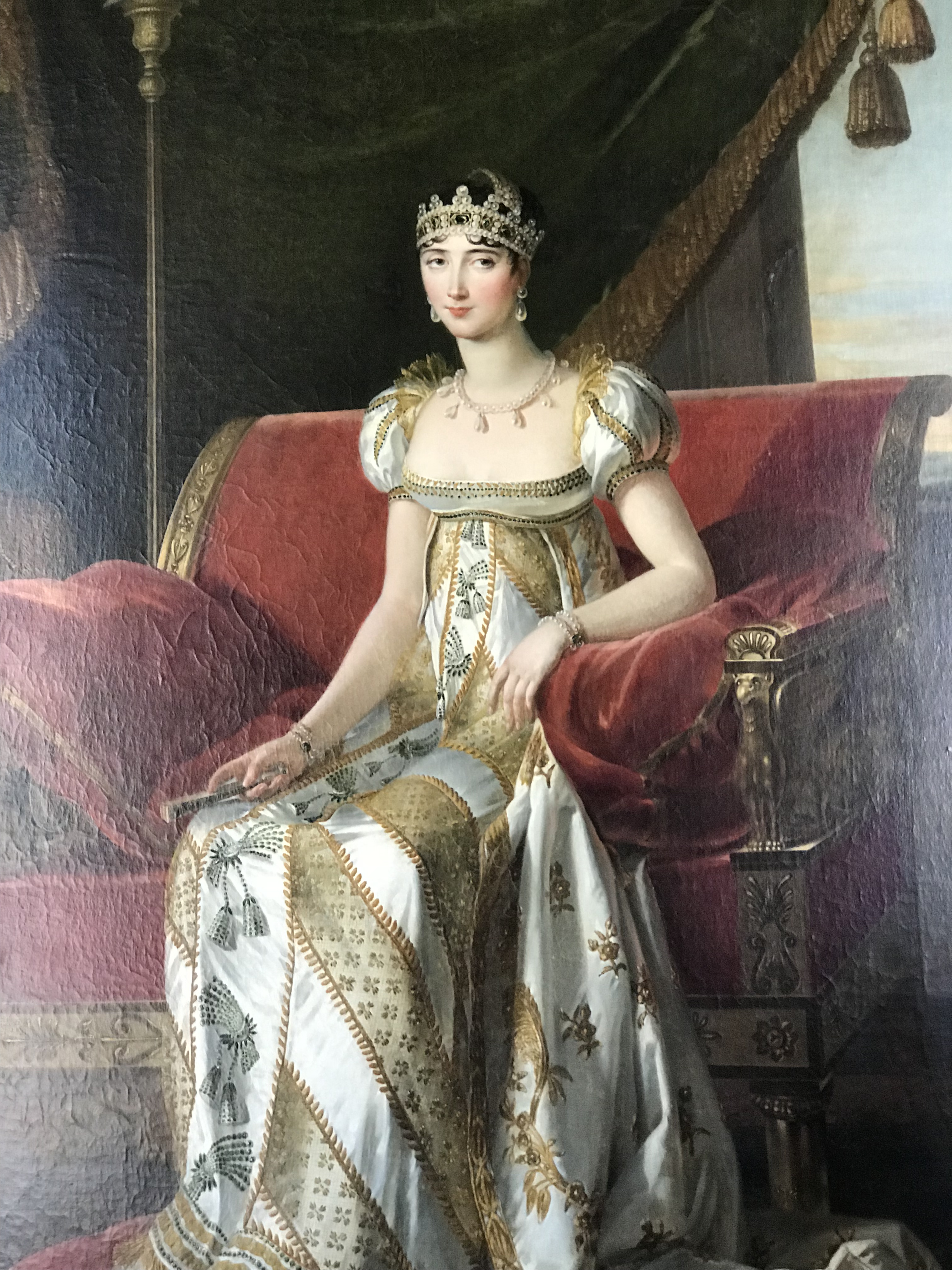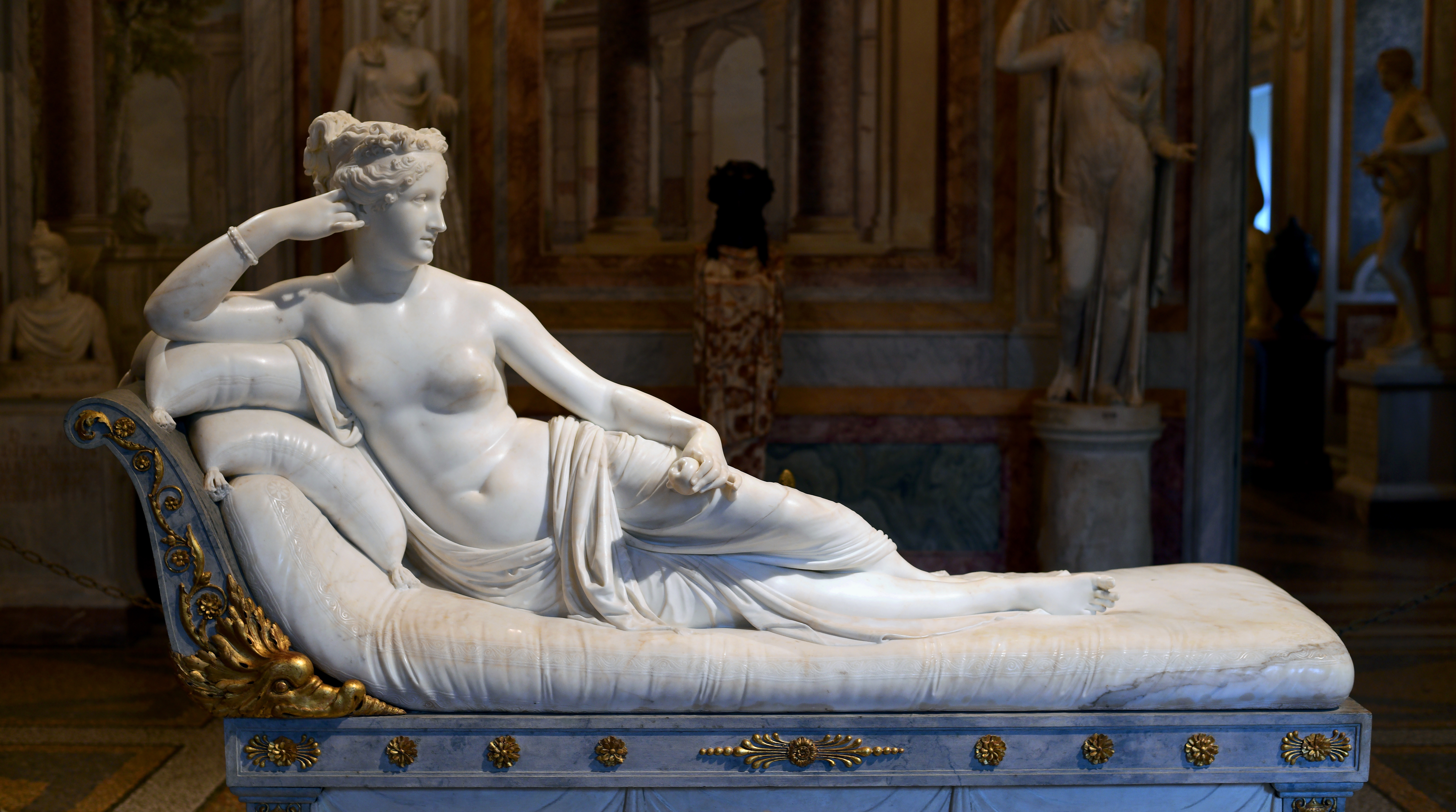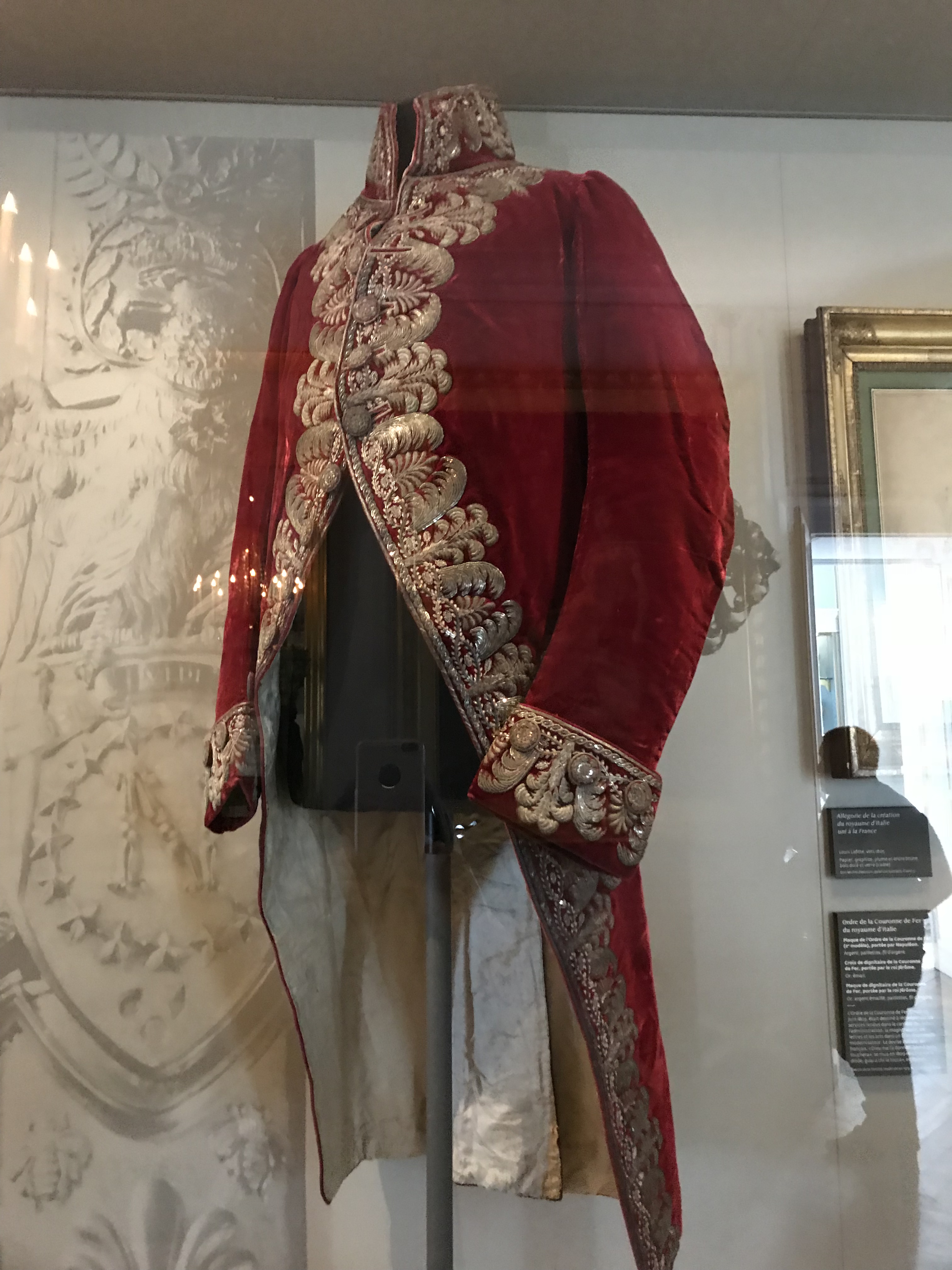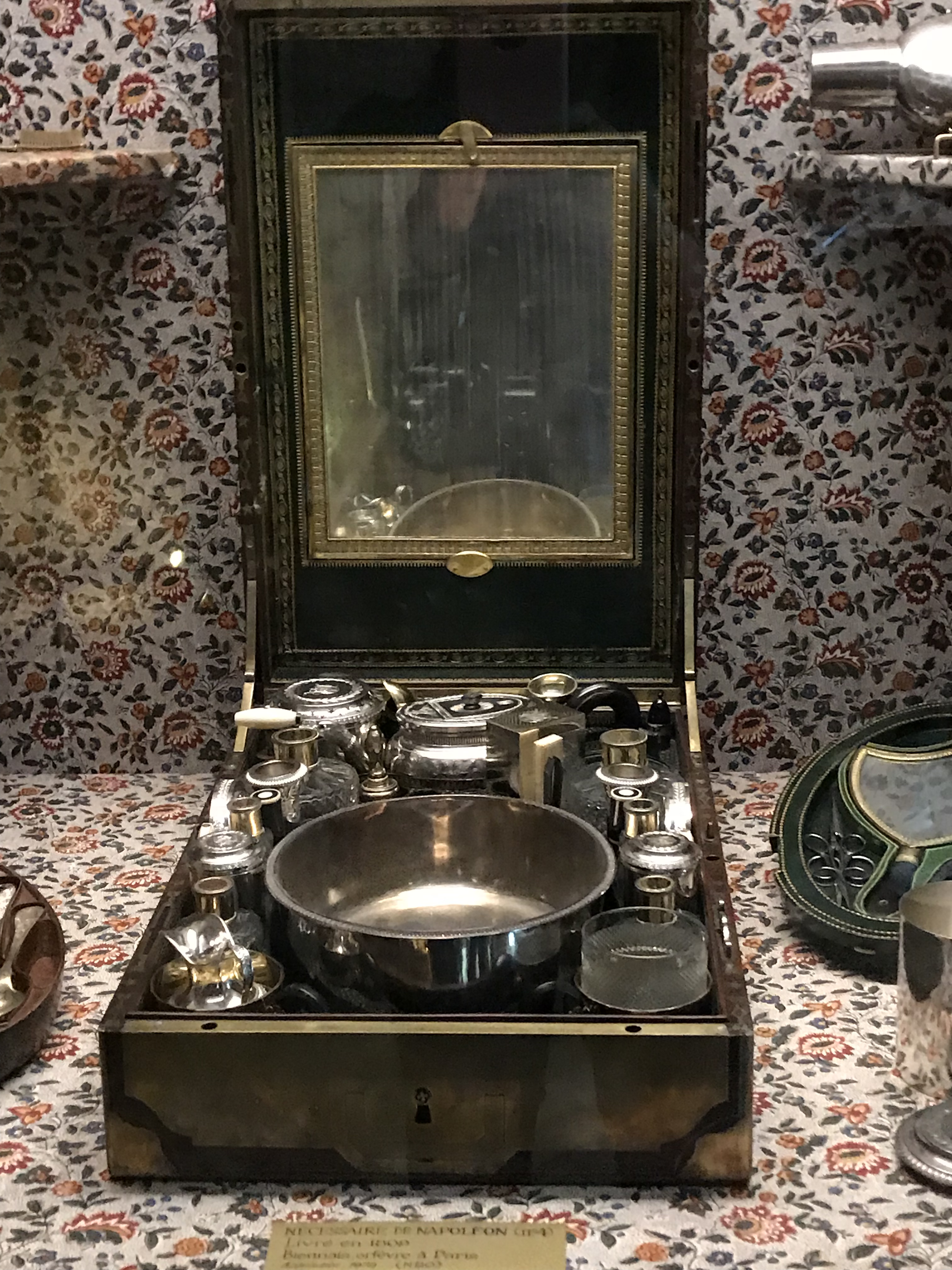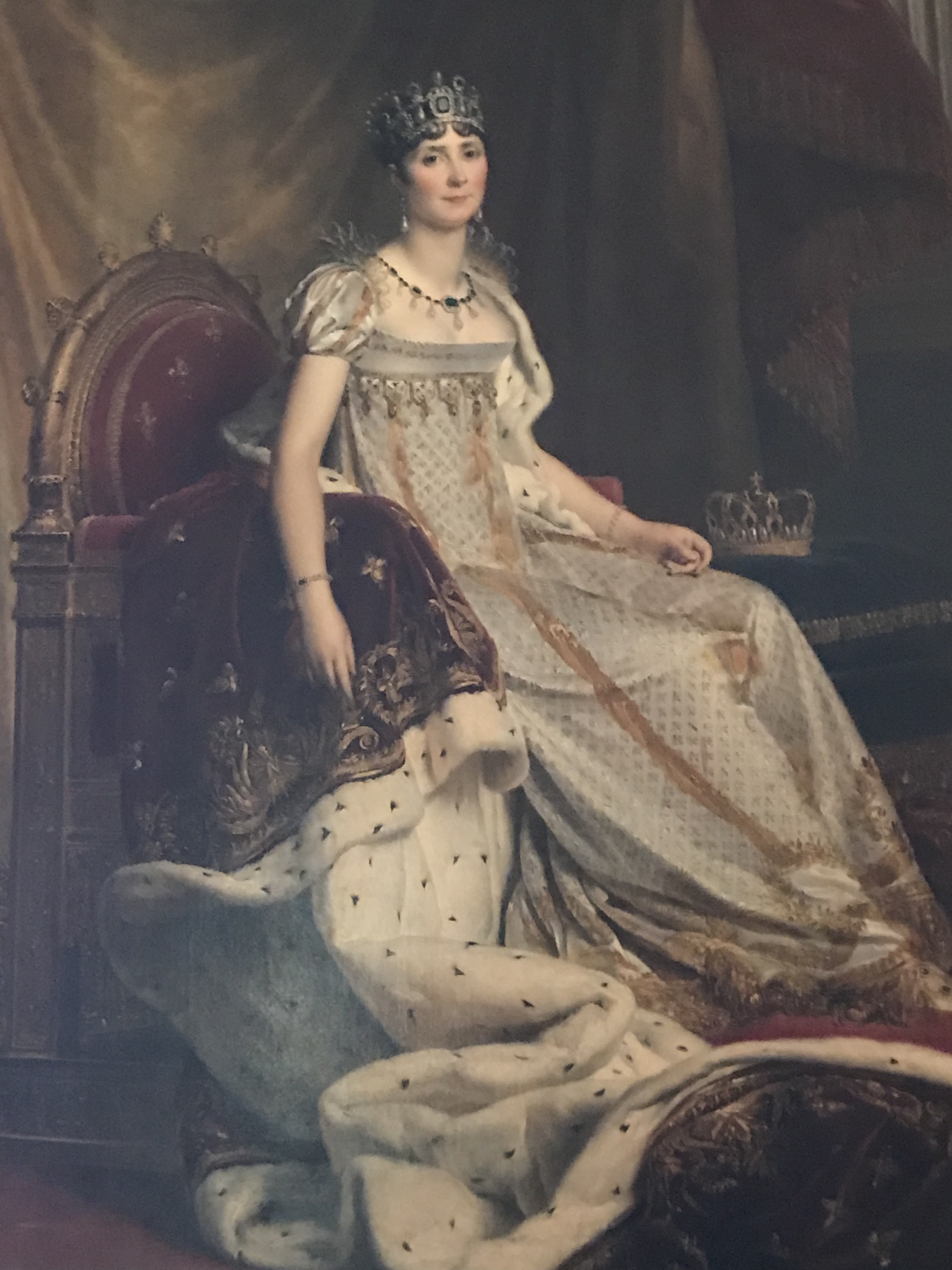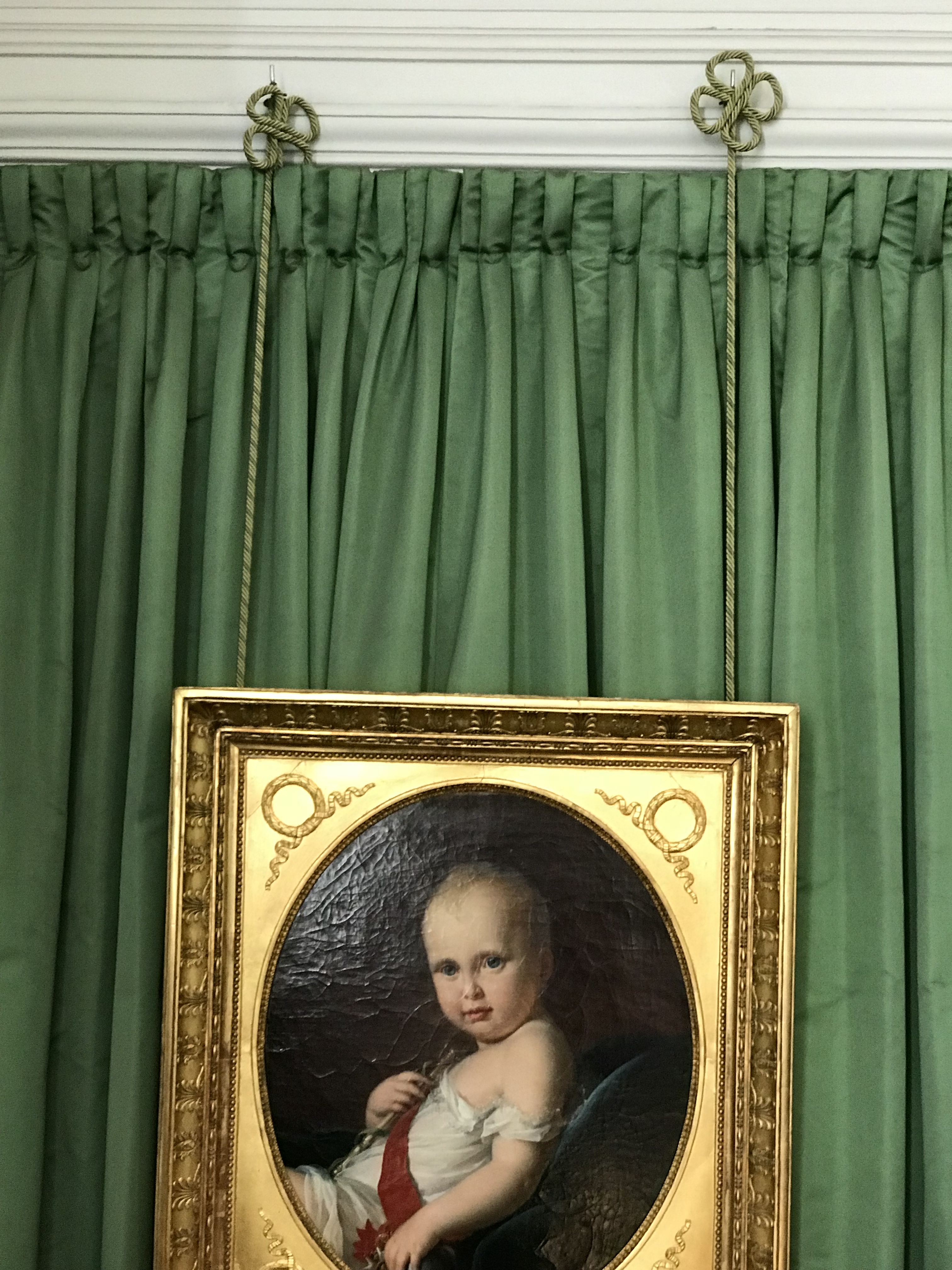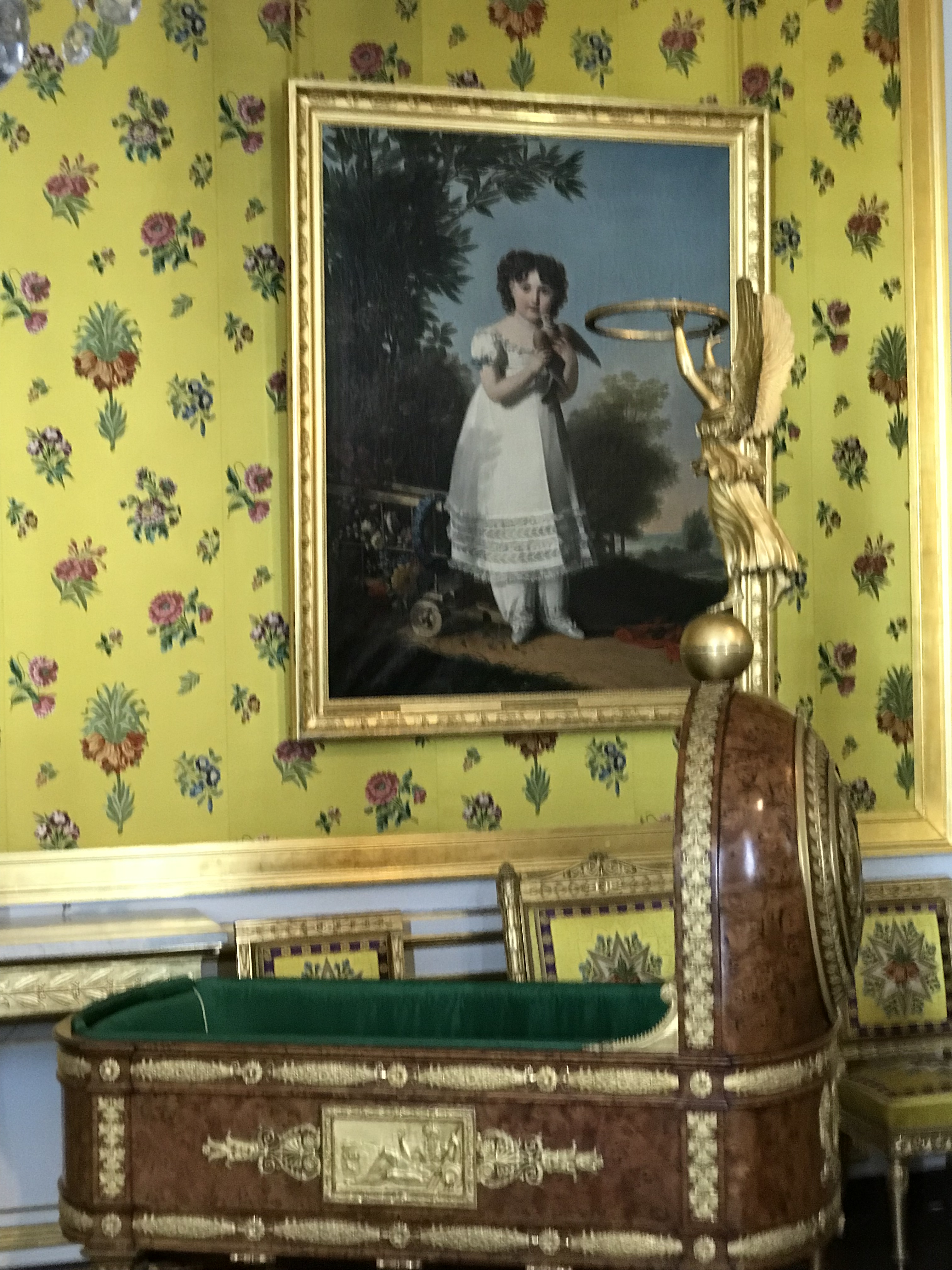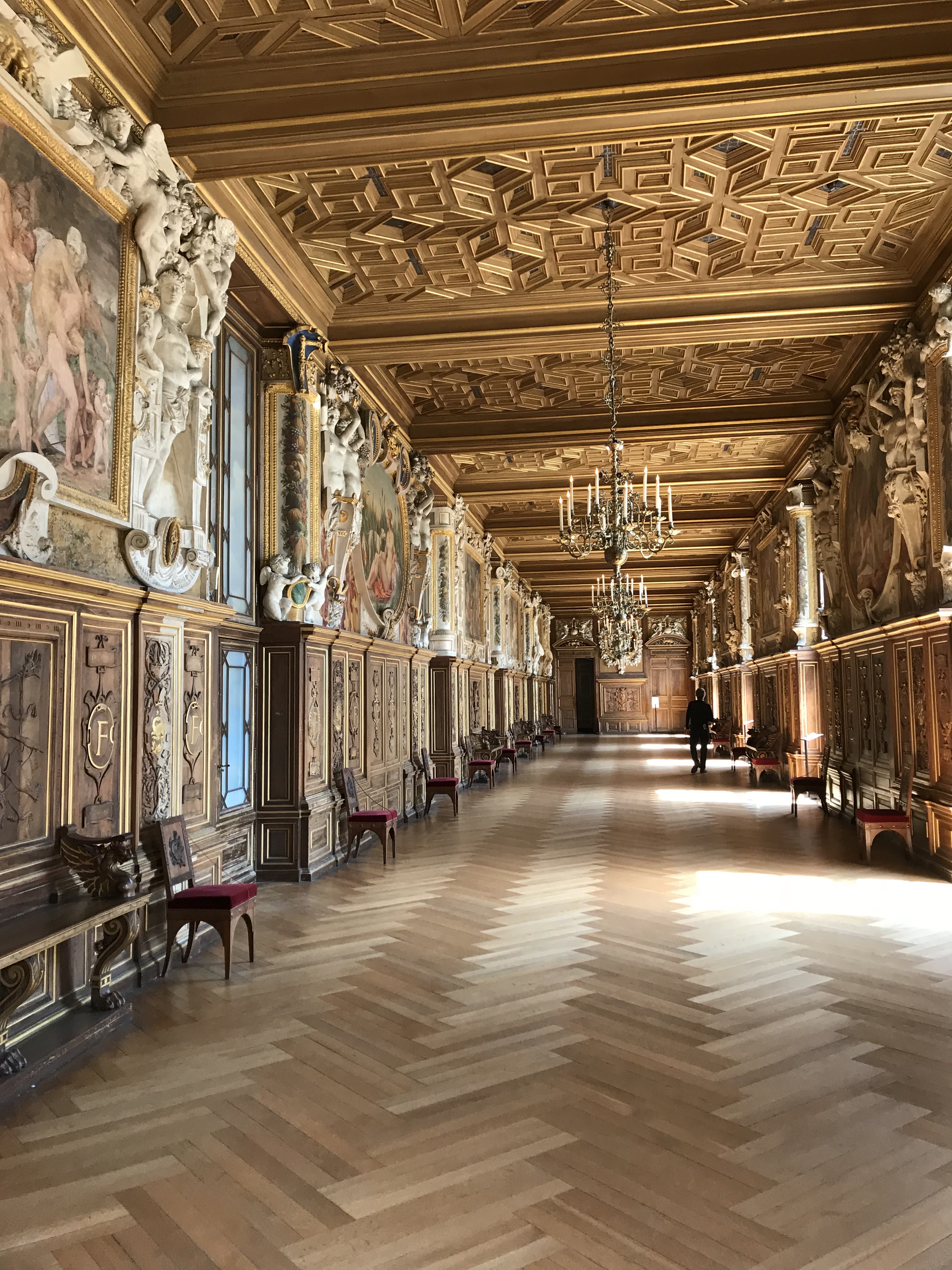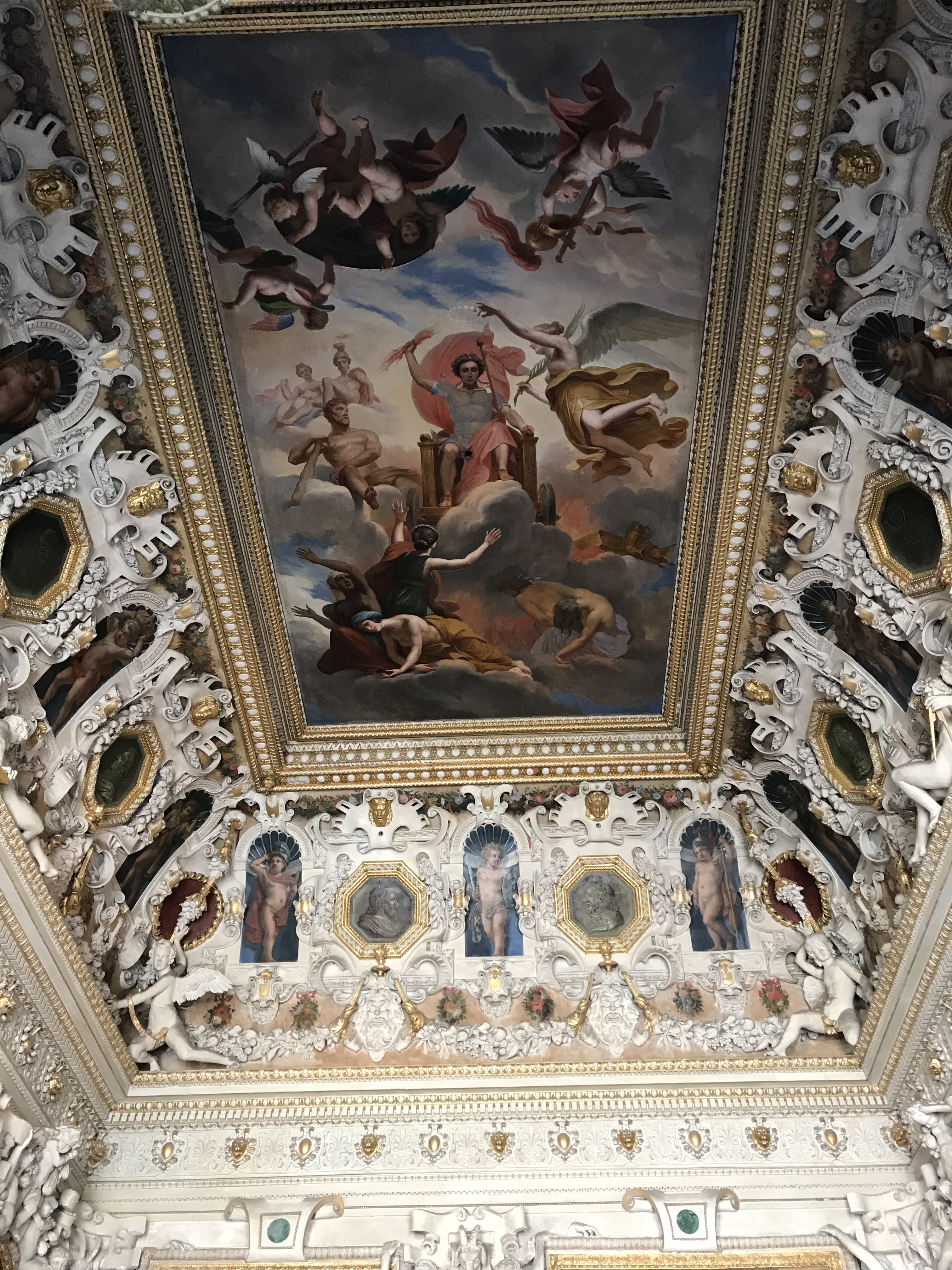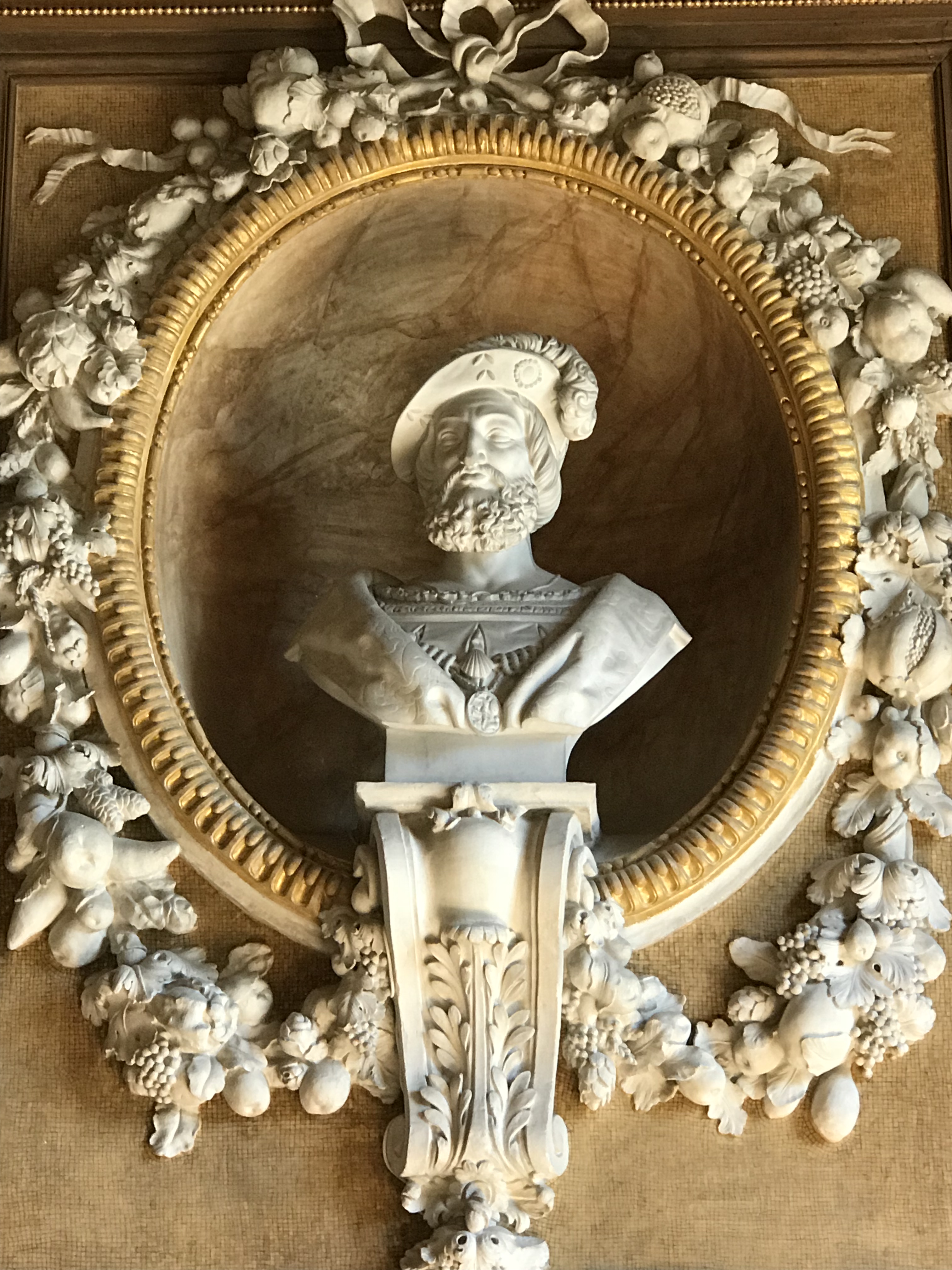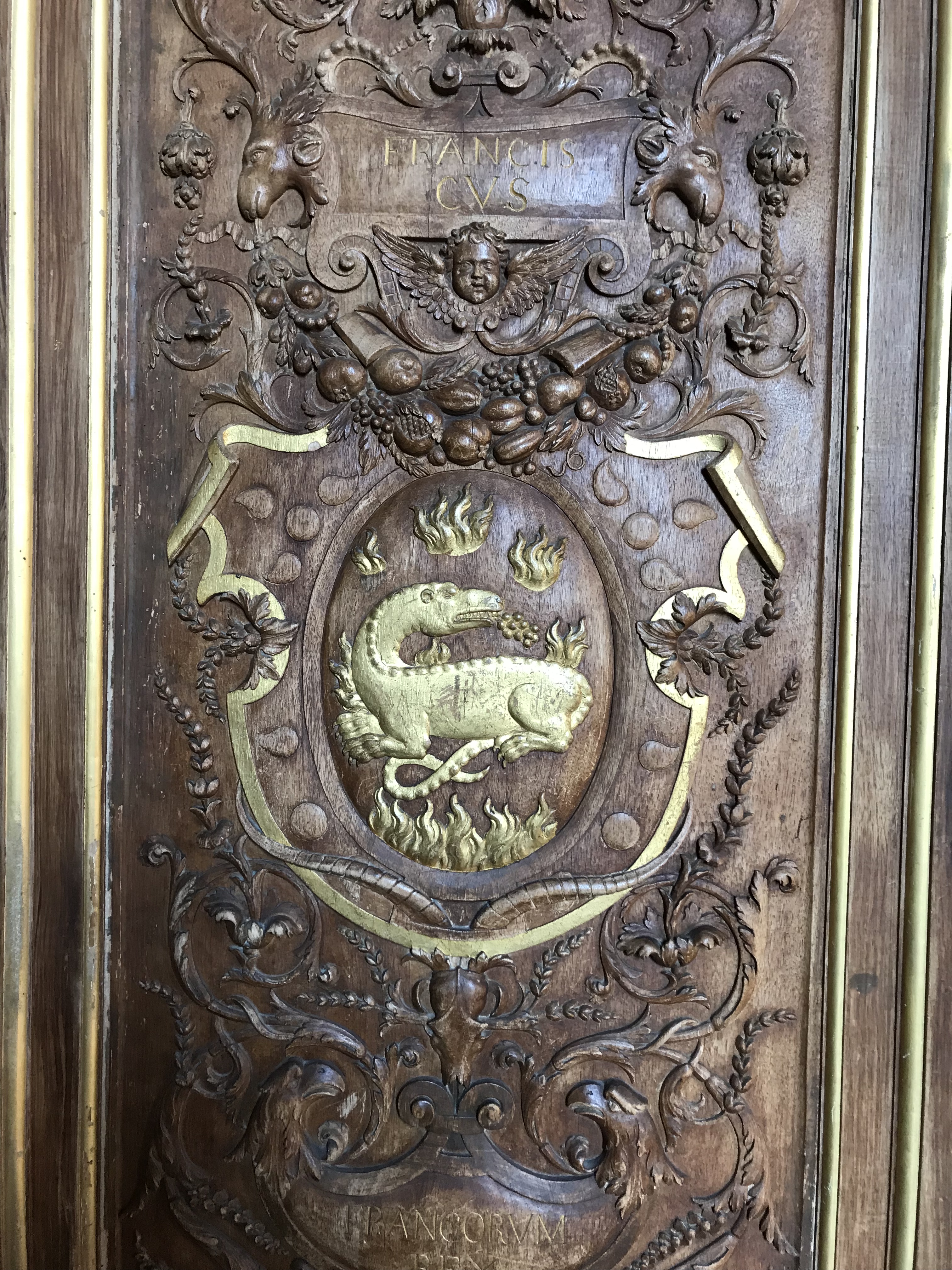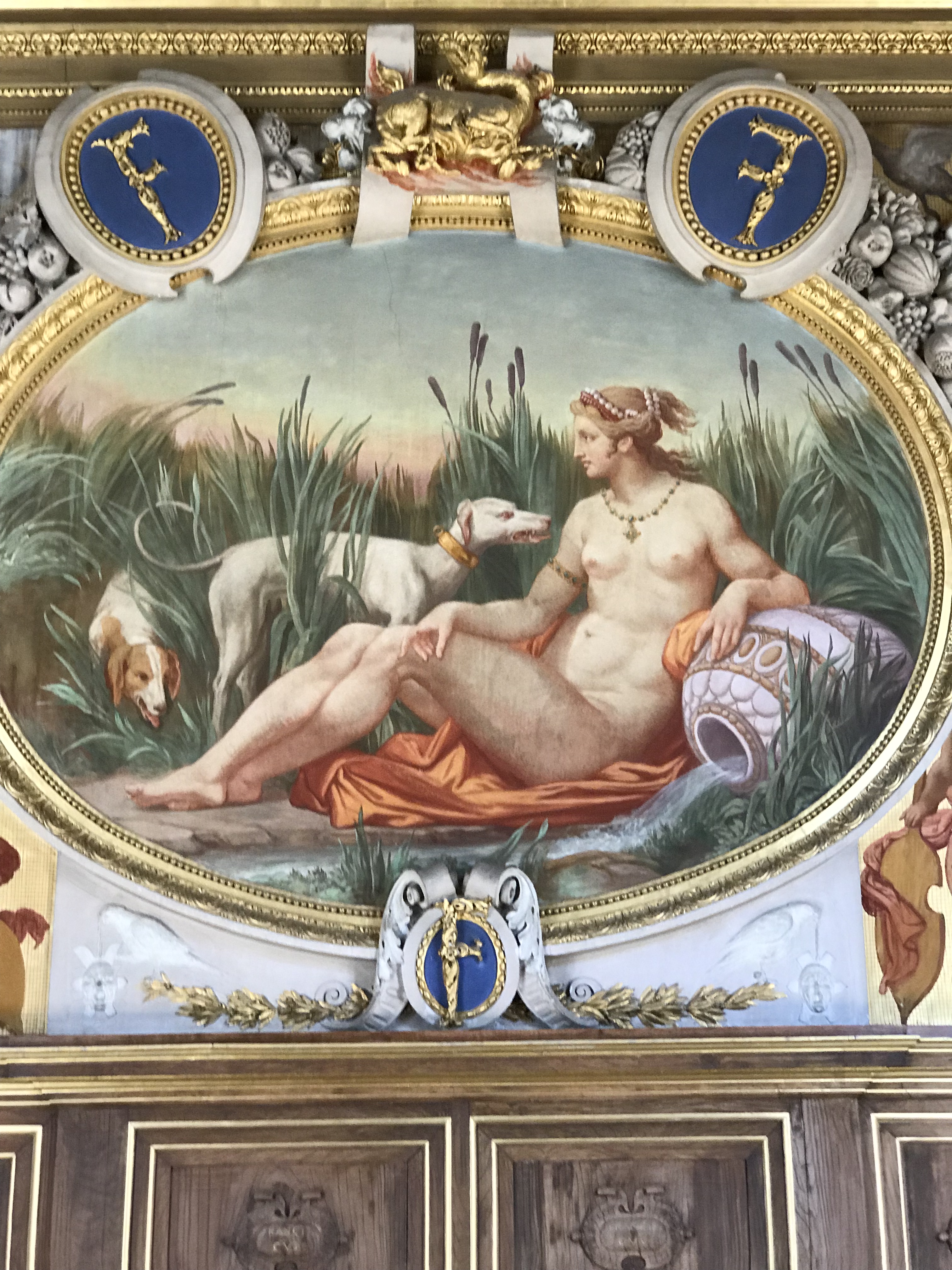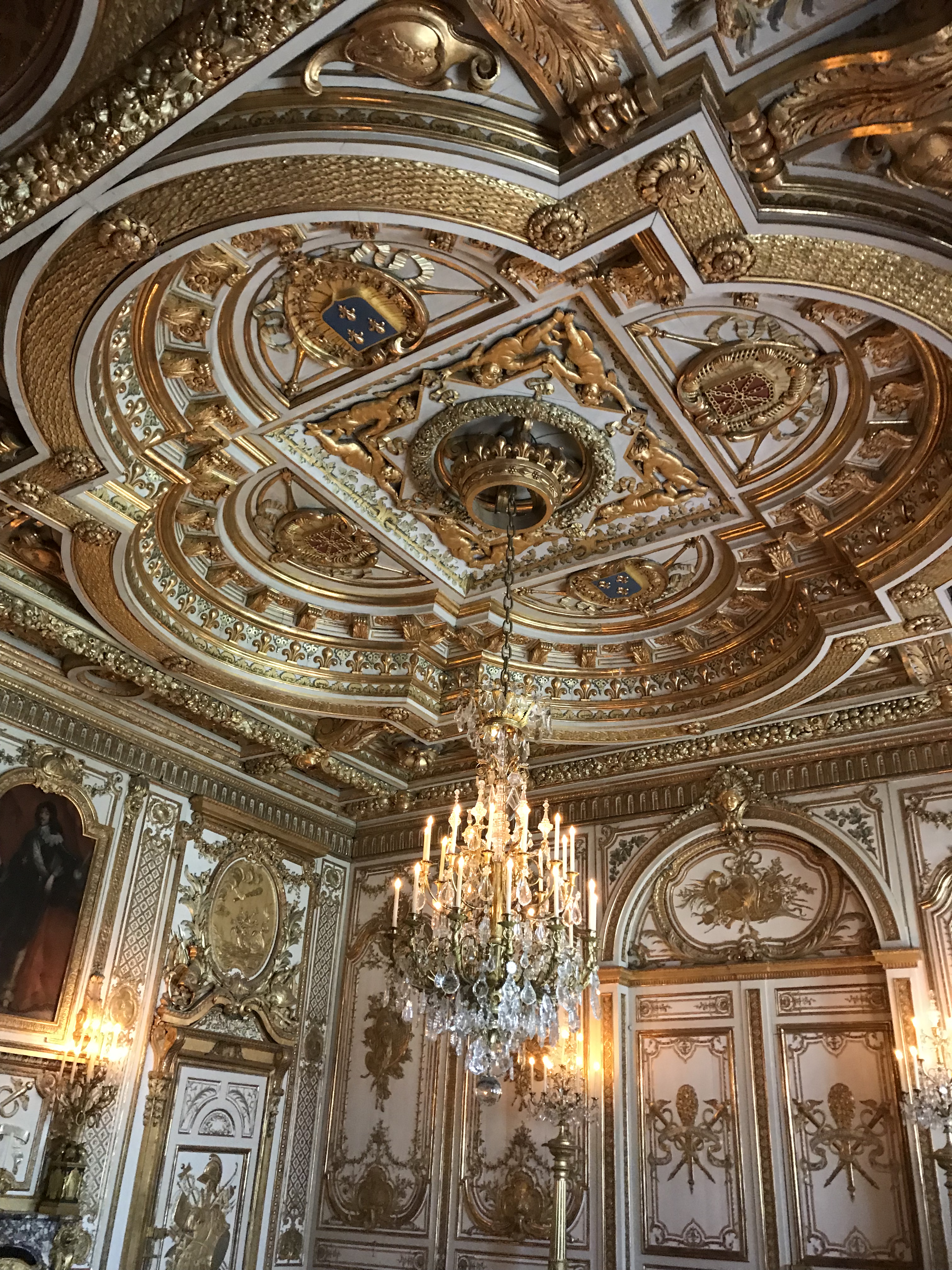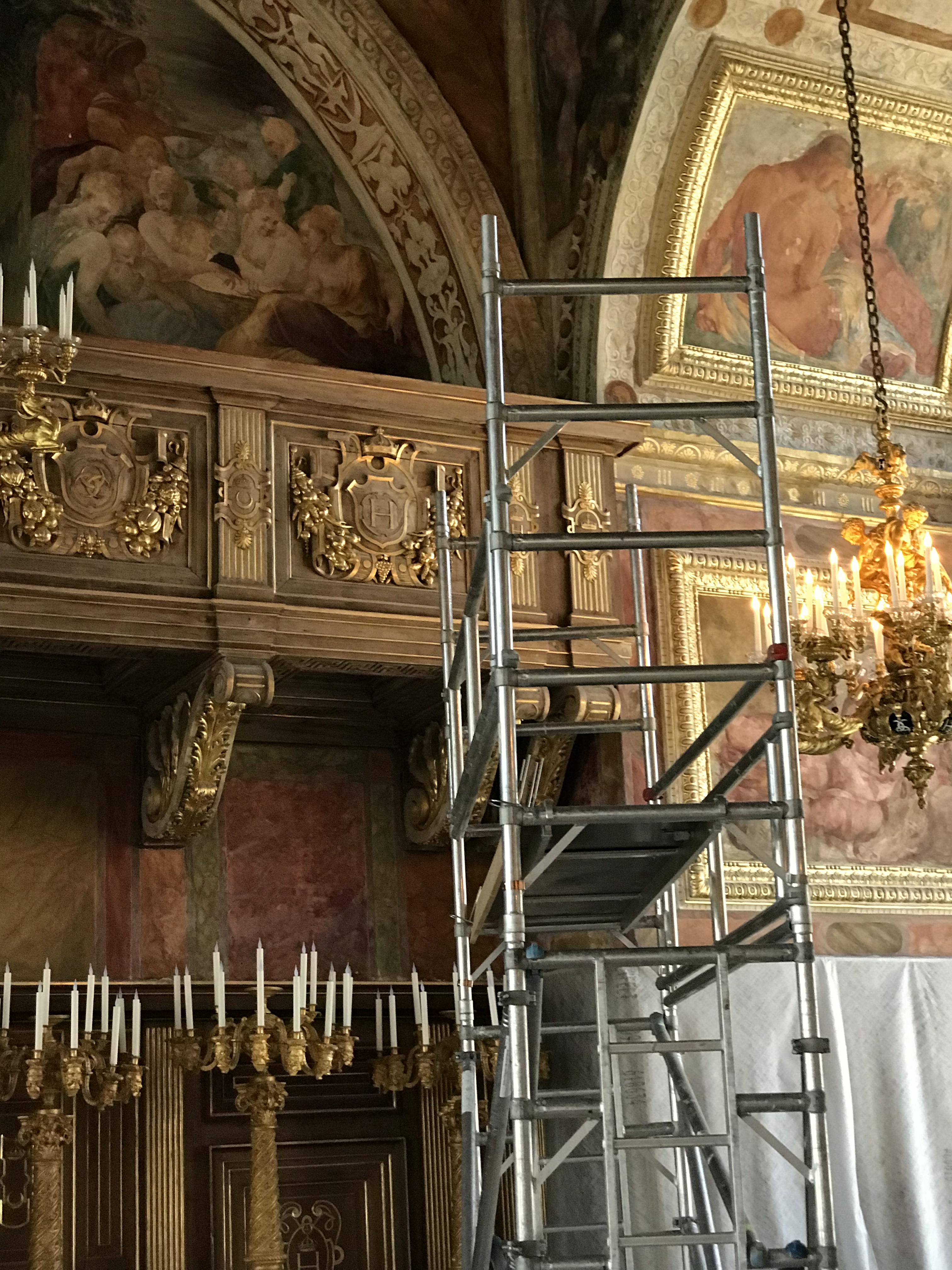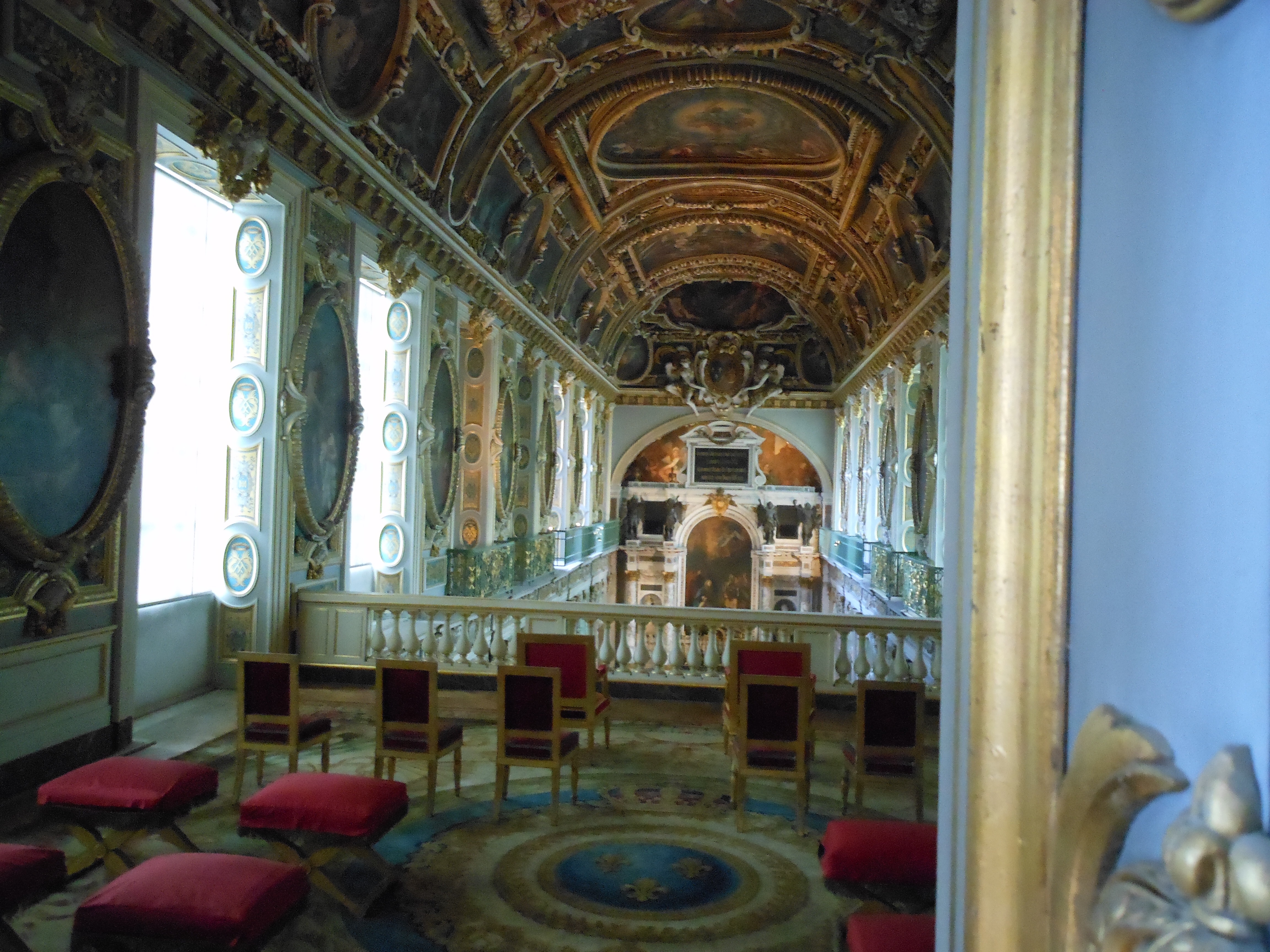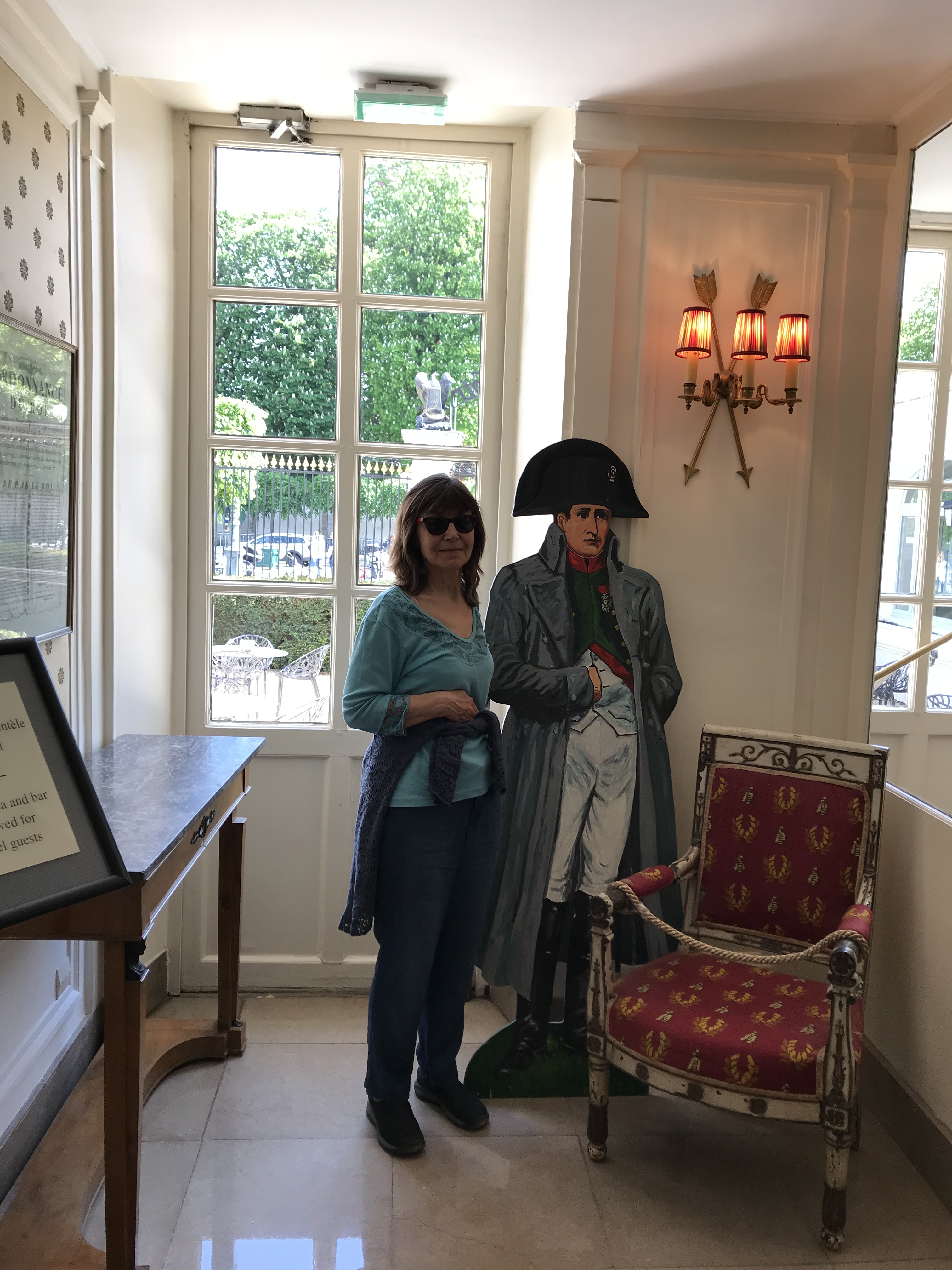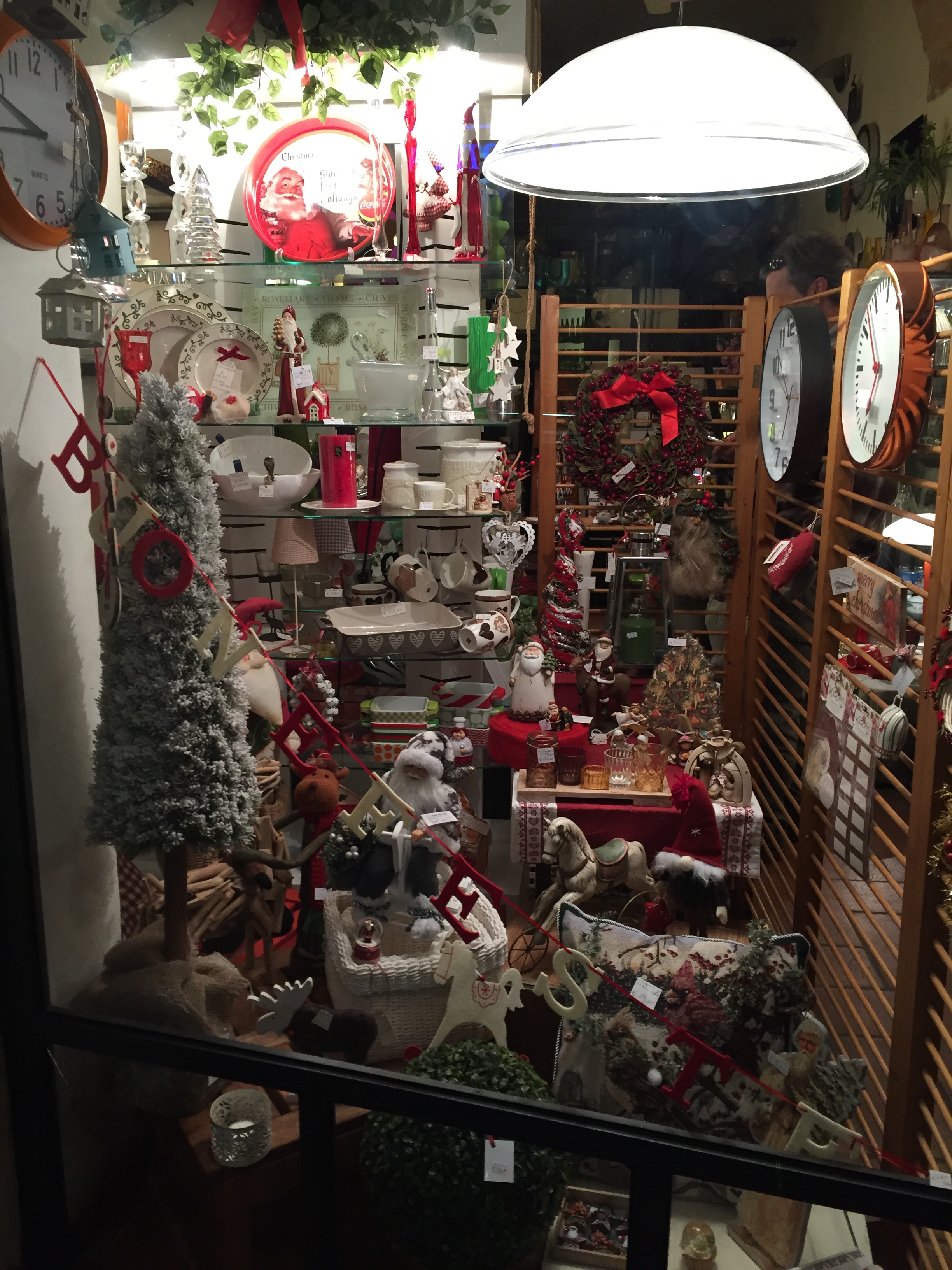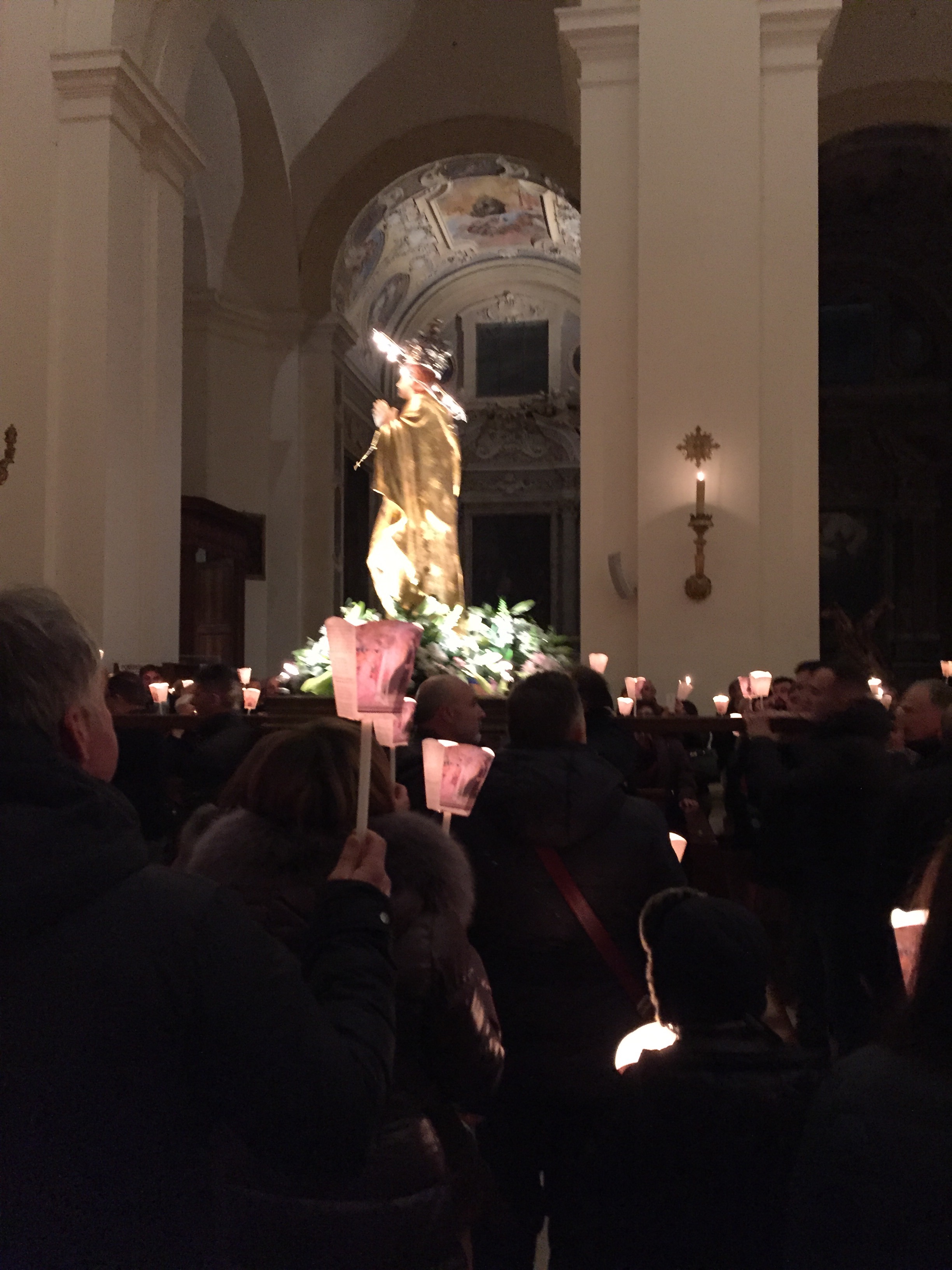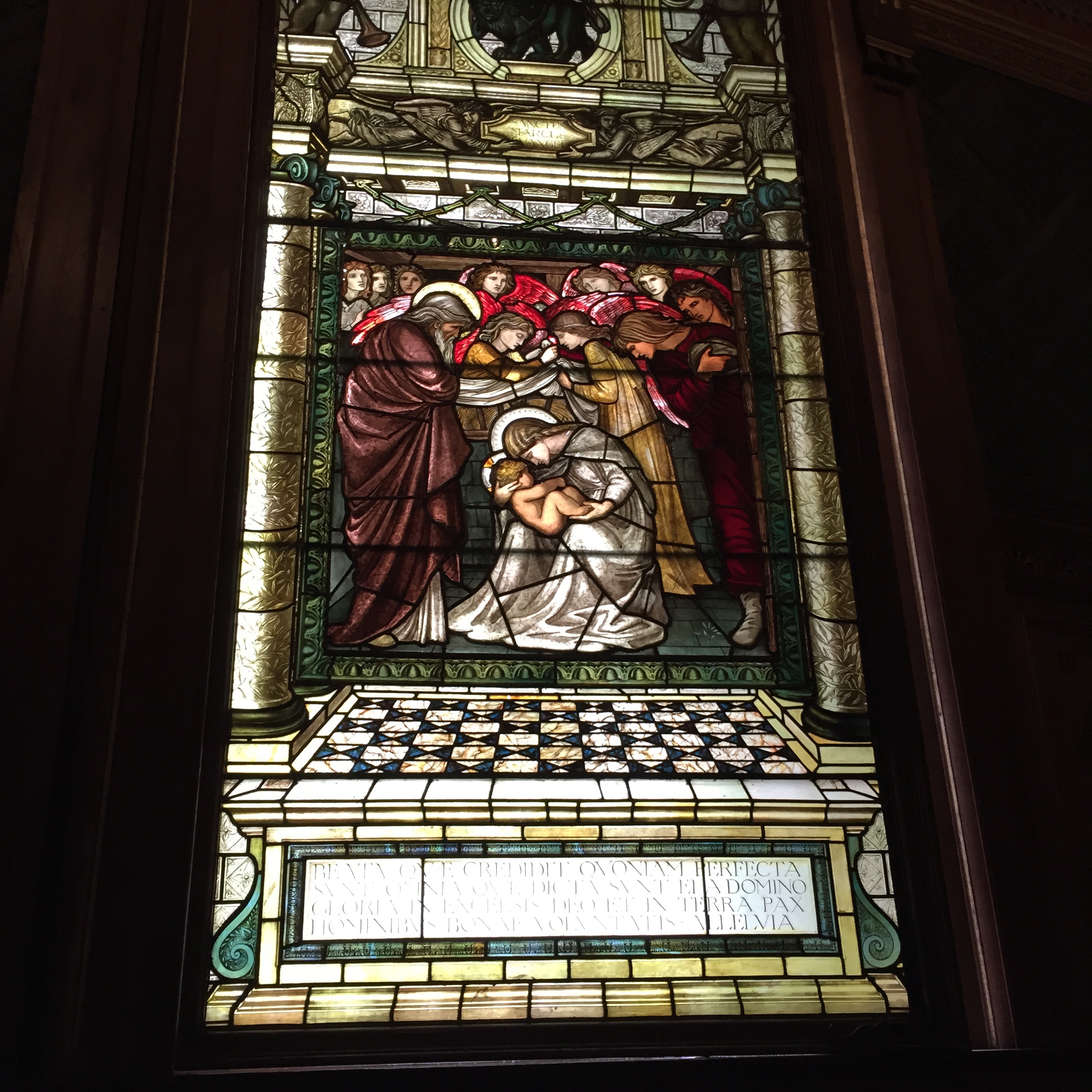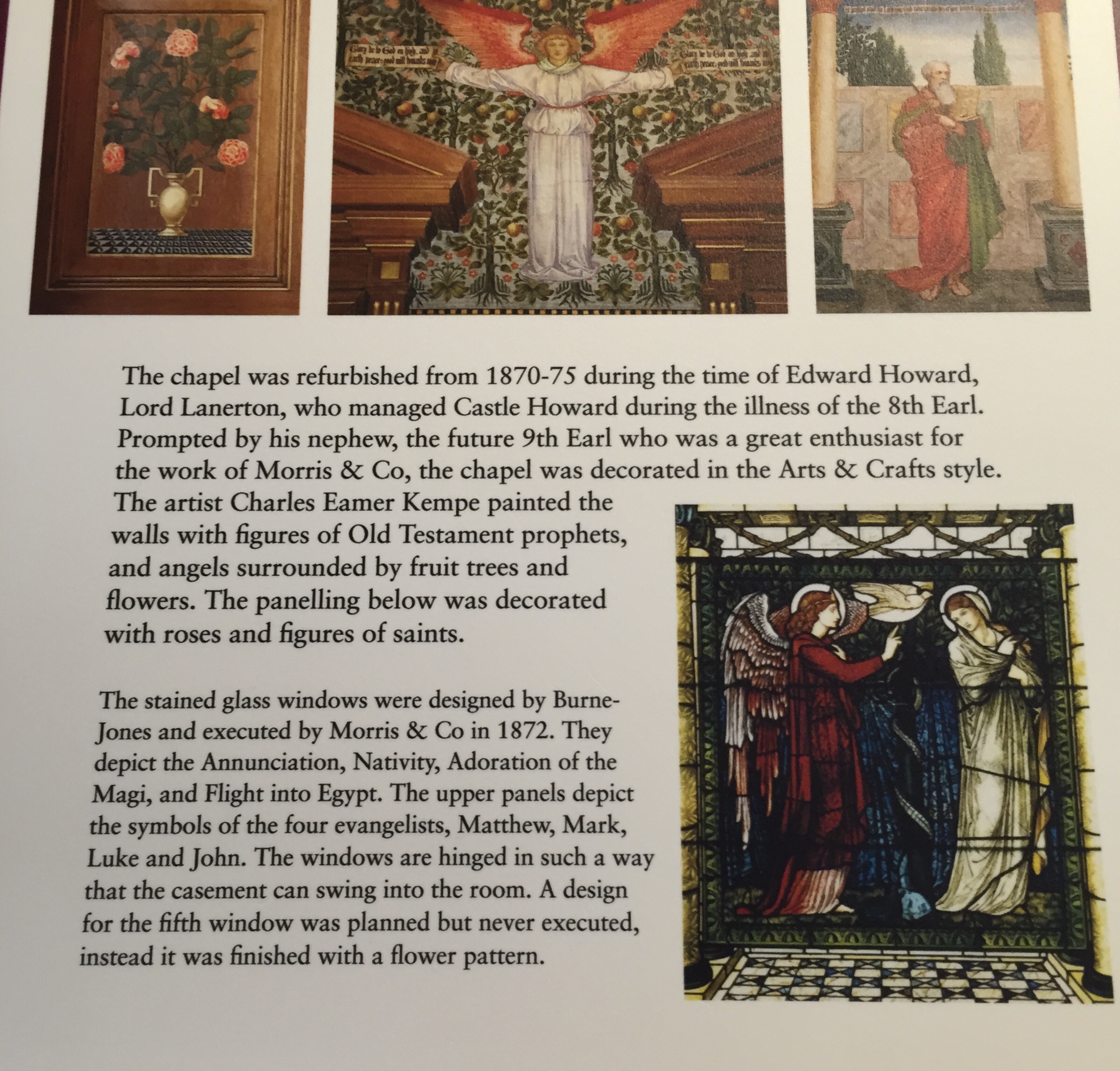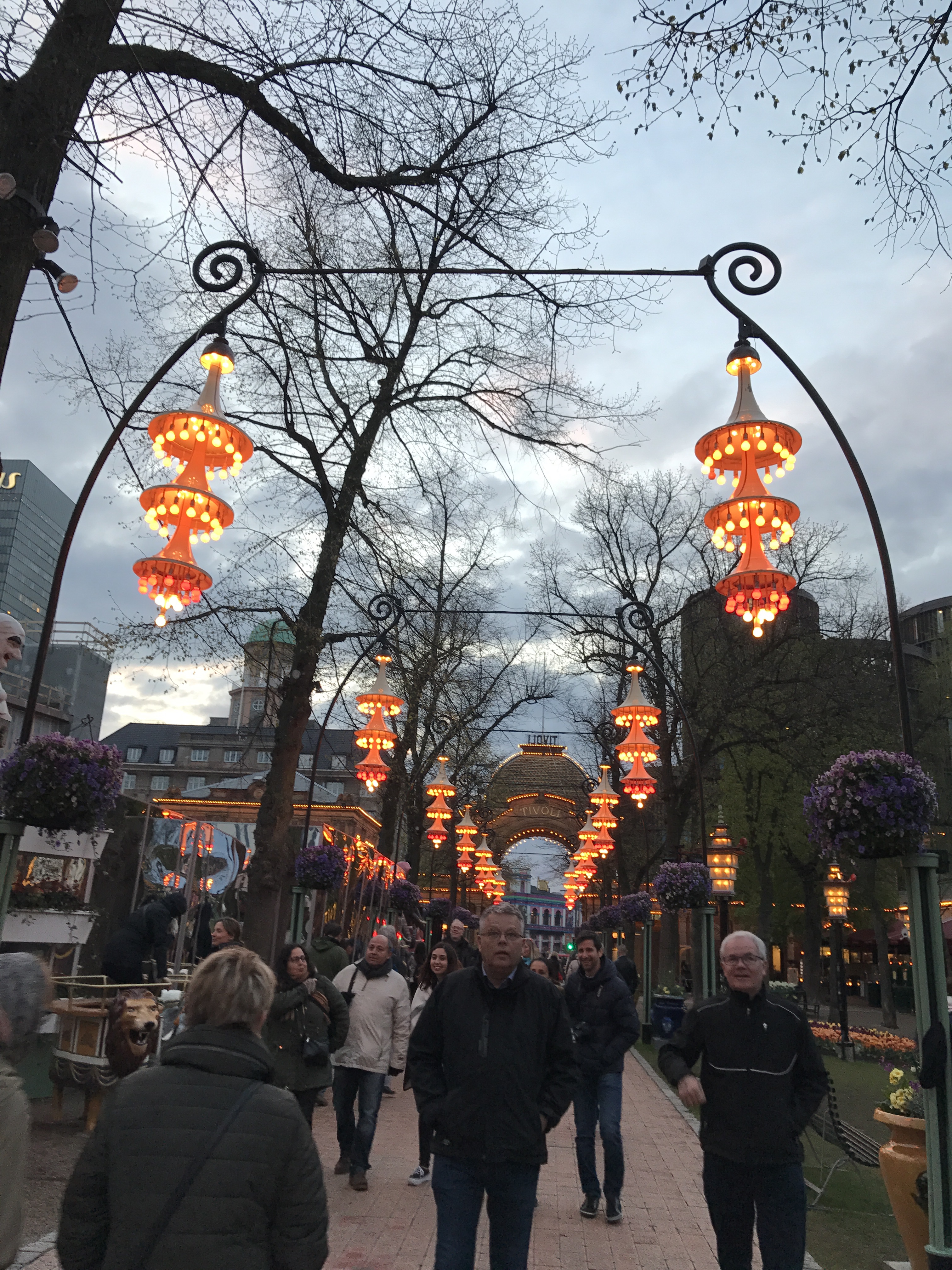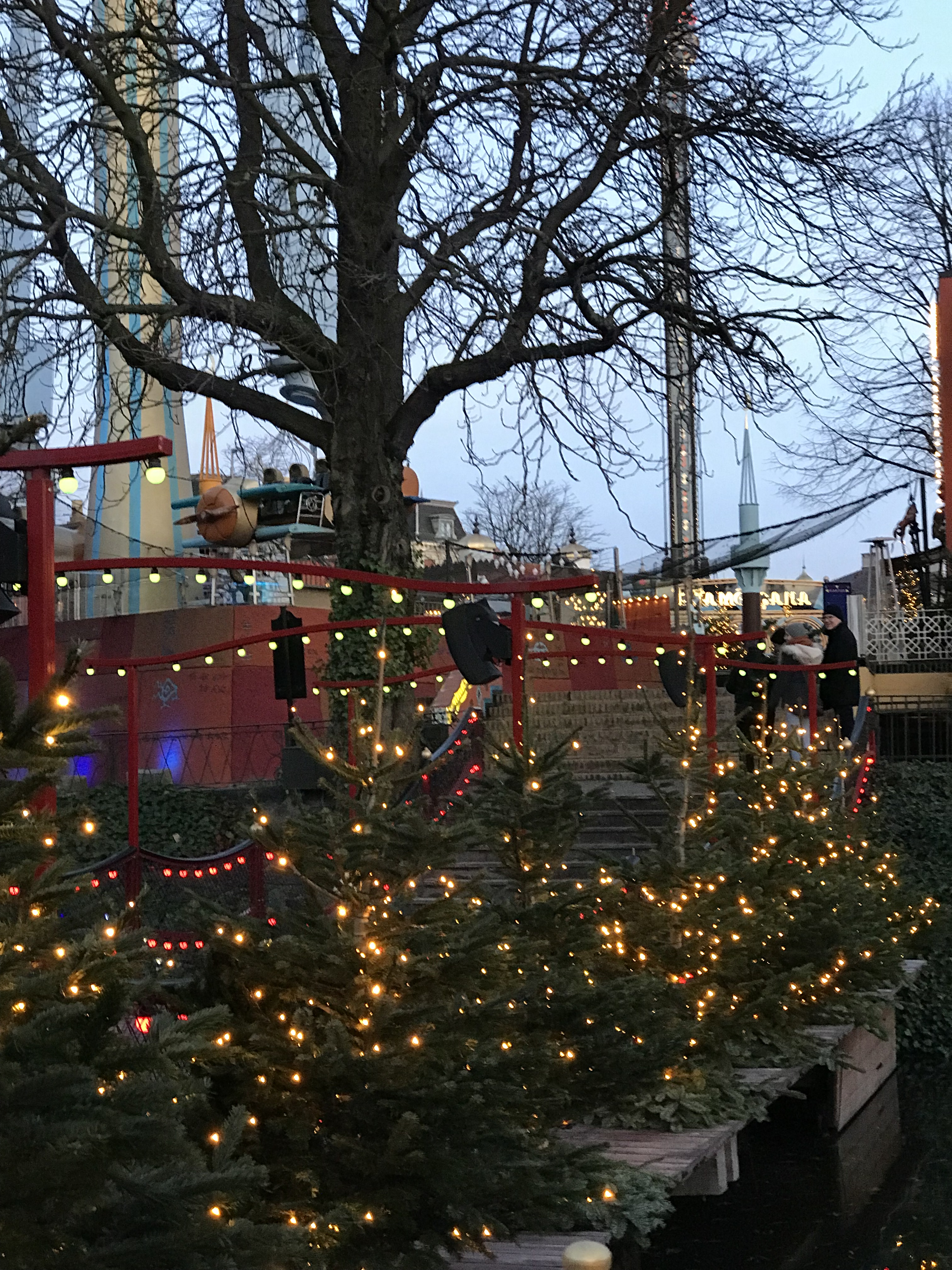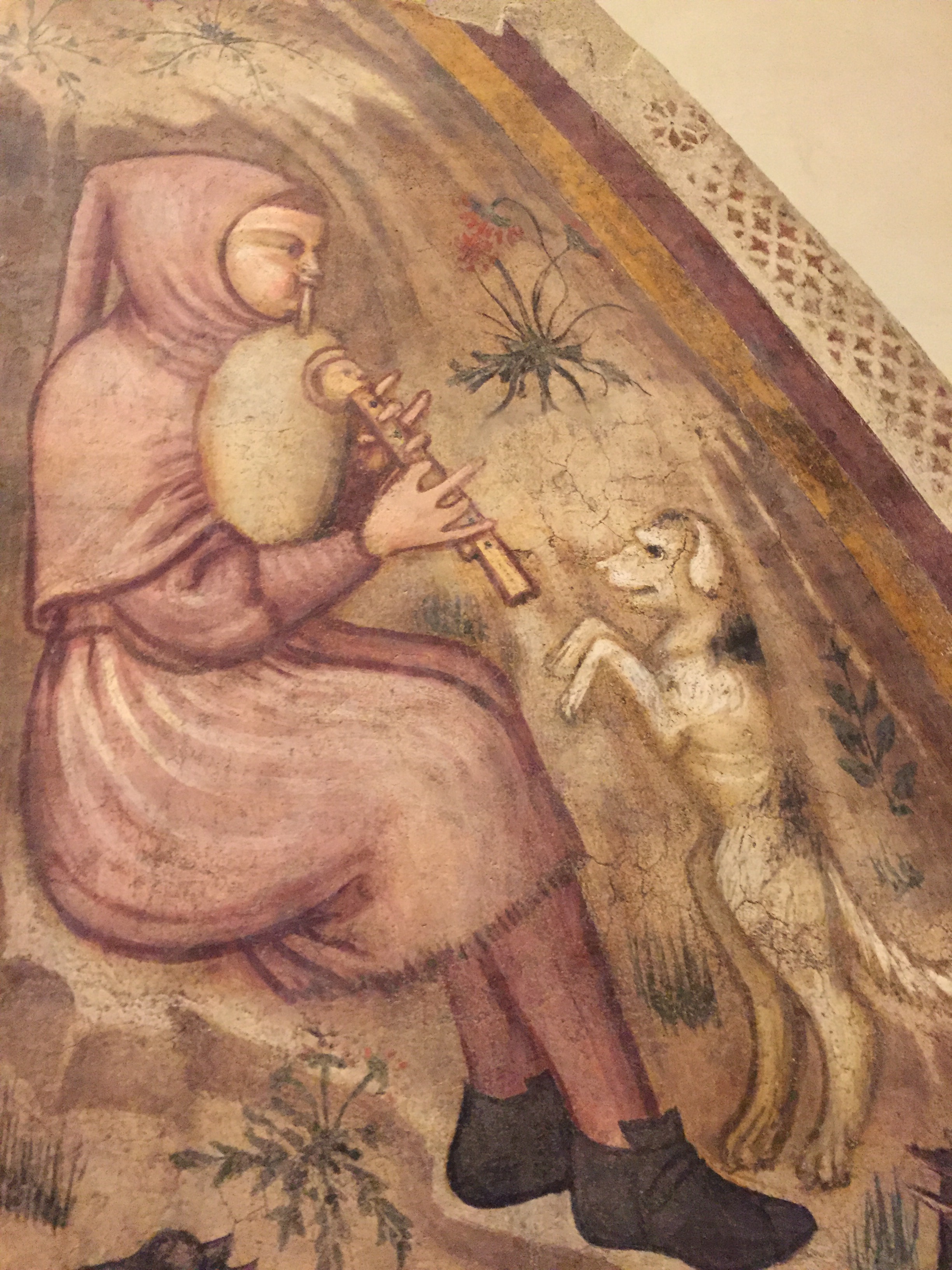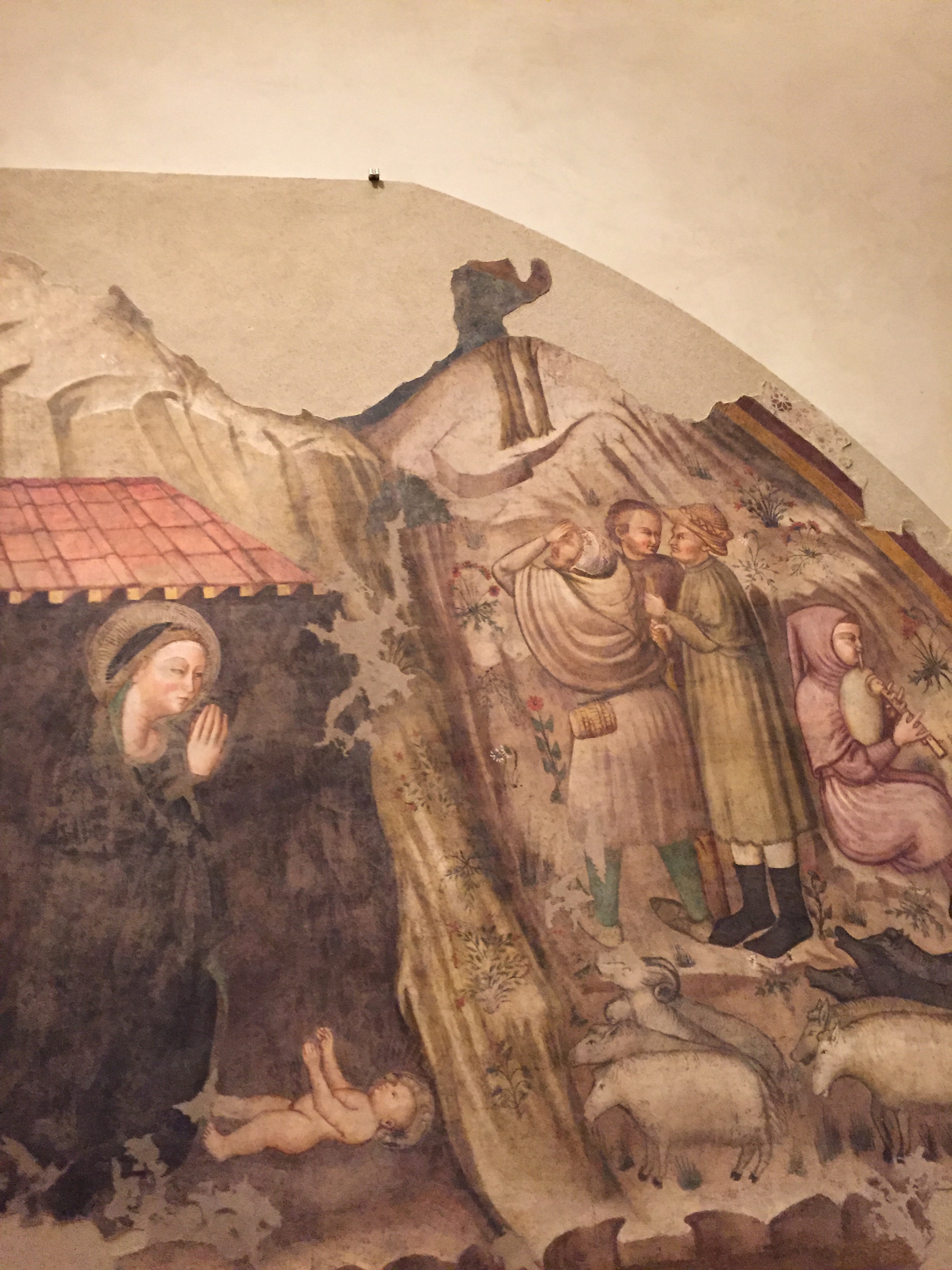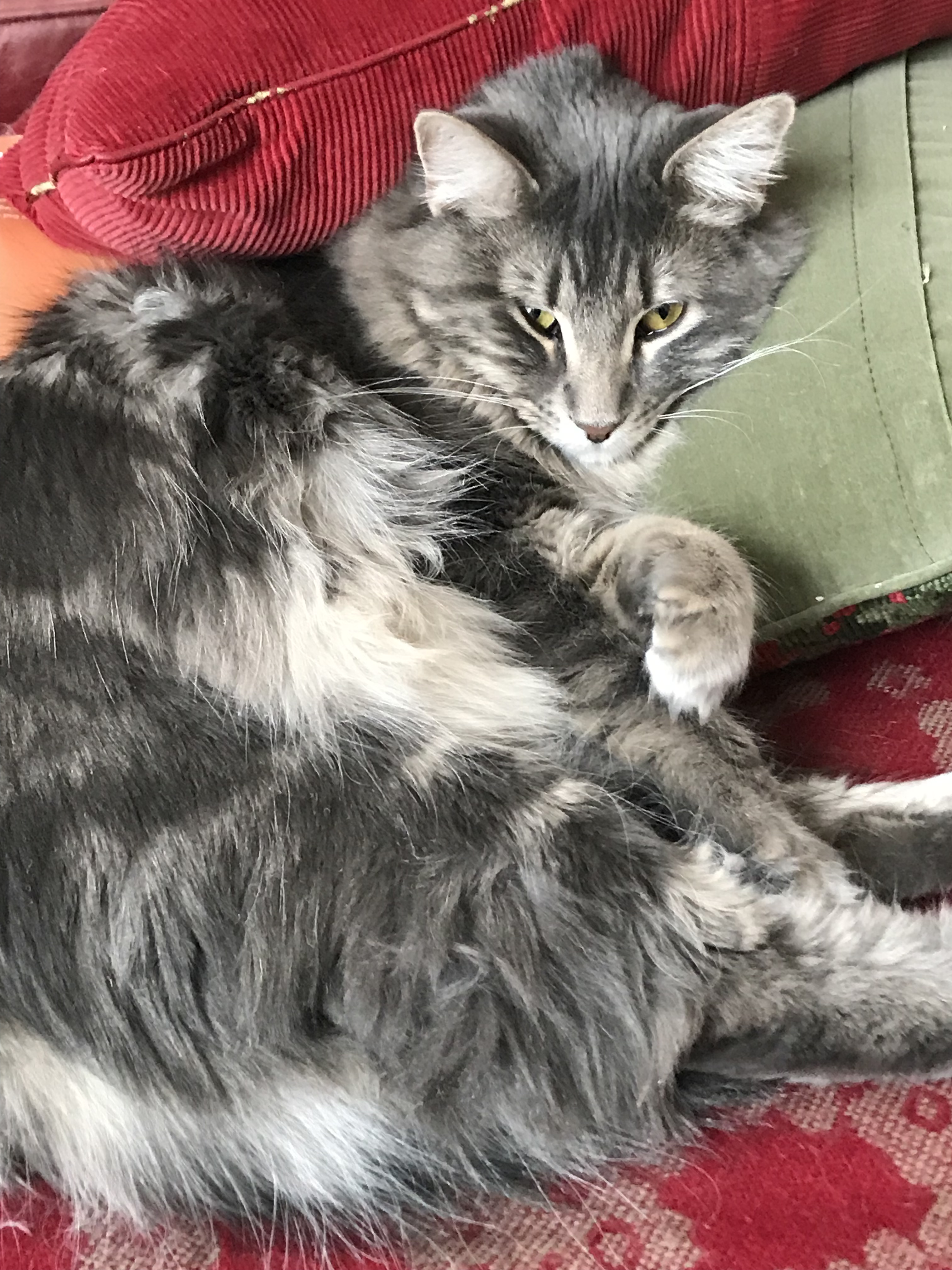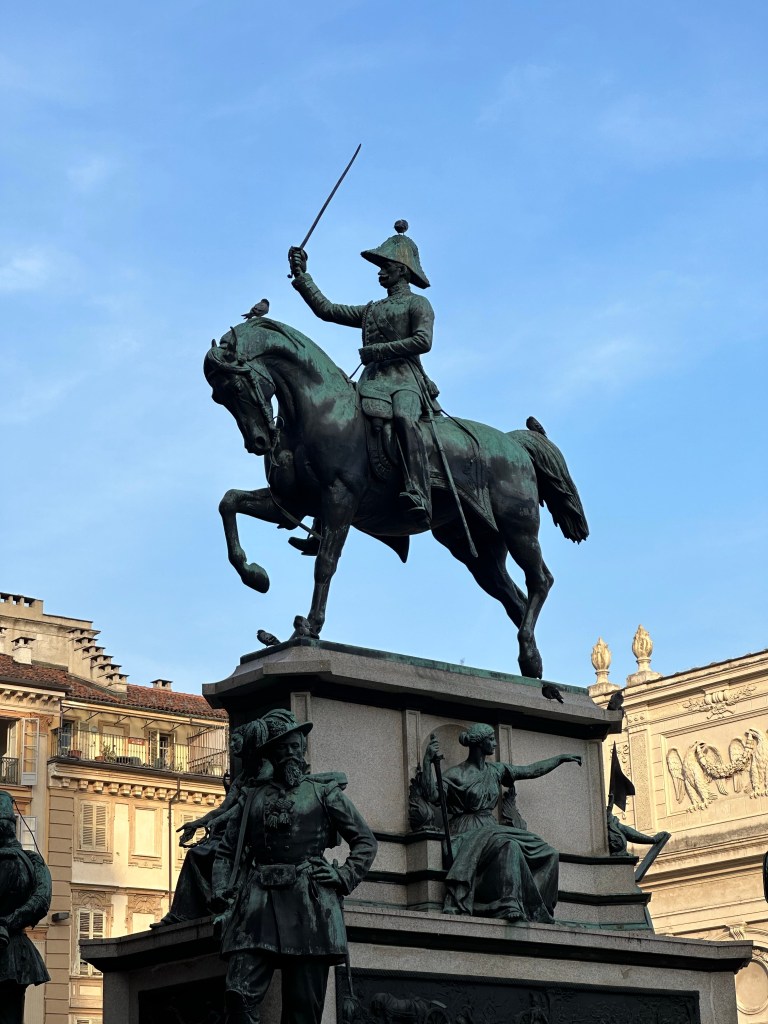
We landed in Milan and I asked for a rail ticket to Turin. The man behind the counter looked incredulous. You mean Torino? Yes, please!

Torino is an elegant but relaxed city of beautiful squares which people treat as their communal living rooms.

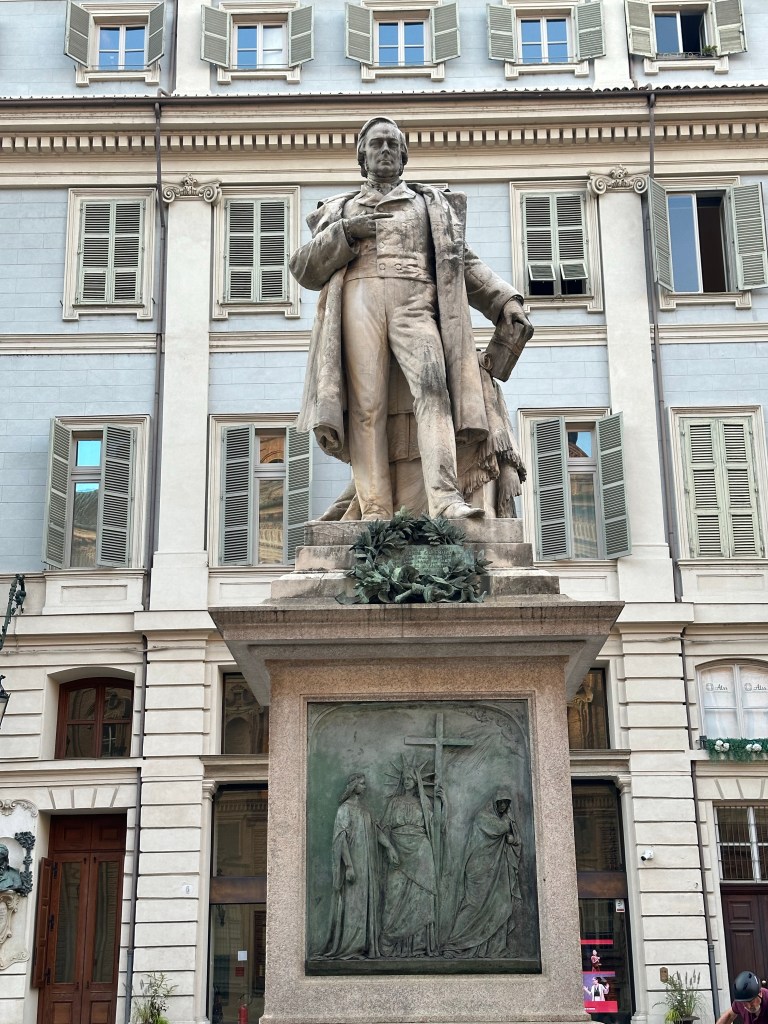
The architecture is lovely and Torino’s great and good are honored with pretty statues.
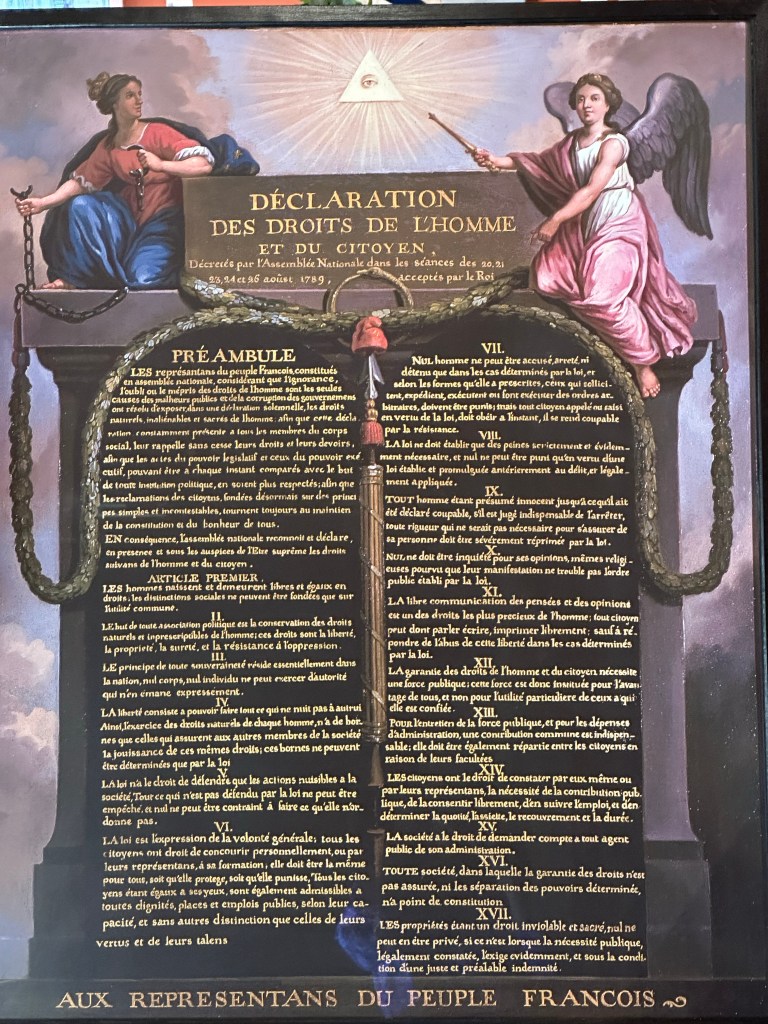
There’s a very fine Museum of the Risorgimento, the long and painful process which finally ended in Italy becoming a unified and independent kingdom in 1861. Before that, Italy was ruled by the Habsburgs of Austria along with a period of occupation by the French under Napoleon.
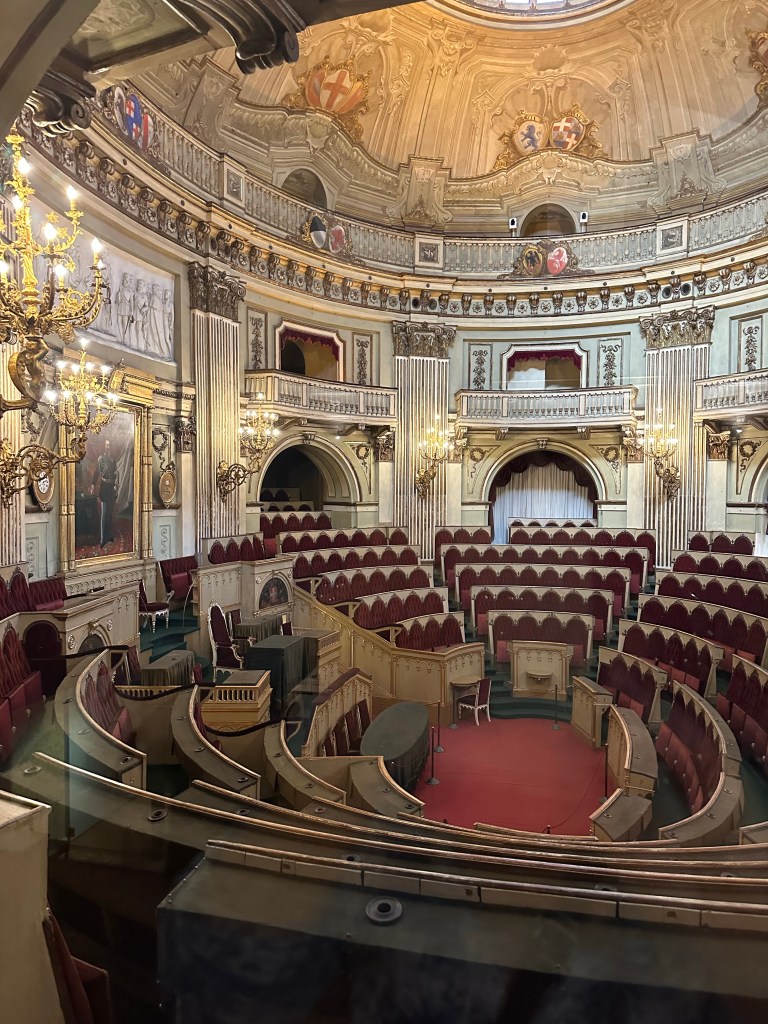
Over a number of years, the powerful ideas of the French Revolution with its Declaration of the Rights of Man worked its way south from France into Italy. Democracy was the end result. The museum contains a reconstruction of the first Parliament of the new nation (I think—captions are mostly in Italian which is not my native language).

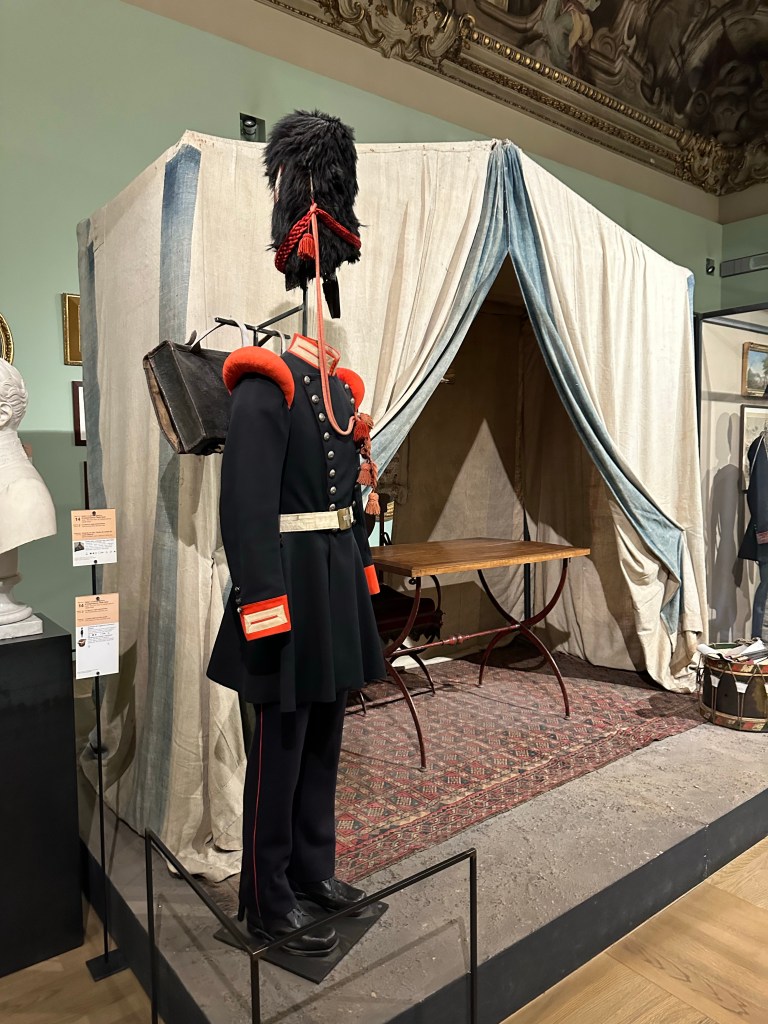
The ins and outs of the Risorgimento are a bit over my head, but it is clear that Italians still remember and honor their heroes, military and diplomatic.
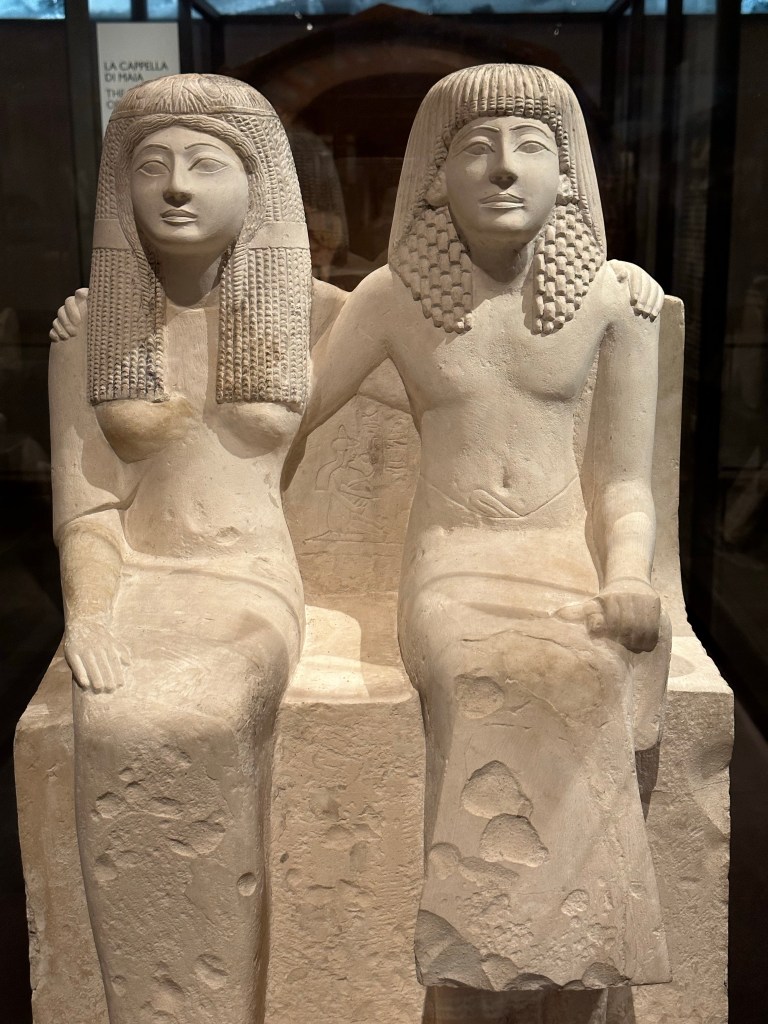
Around the corner is Torino’s fabulous Egyptian Museum, the oldest and one of the largest in the world. It was established in 1824 by the Dukes of Savoy, who forged agreements with the government in Egypt to explore, excavate and preserve.
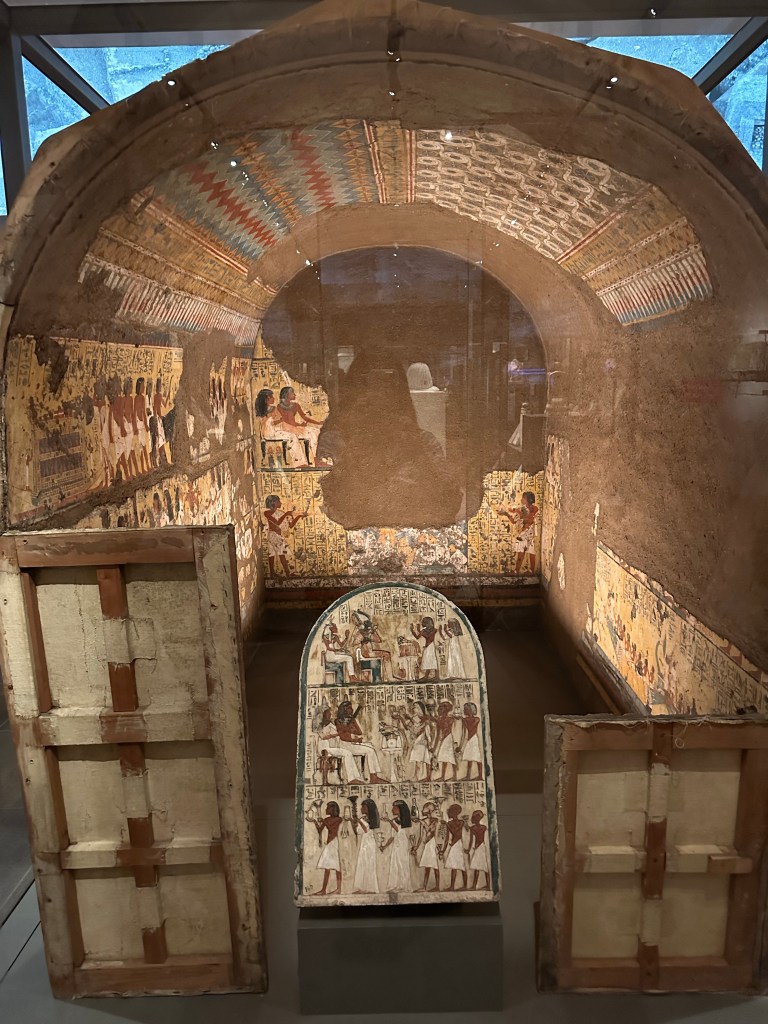
I had no idea that the kings, queens and nobles laid to rest in Egyptian tombs required live people to appear regularly with goods and offerings. Burial chambers had exterior chapels where the living could come and go, taking care of the illustrious dead. Above is one of these exterior funerary chambers.
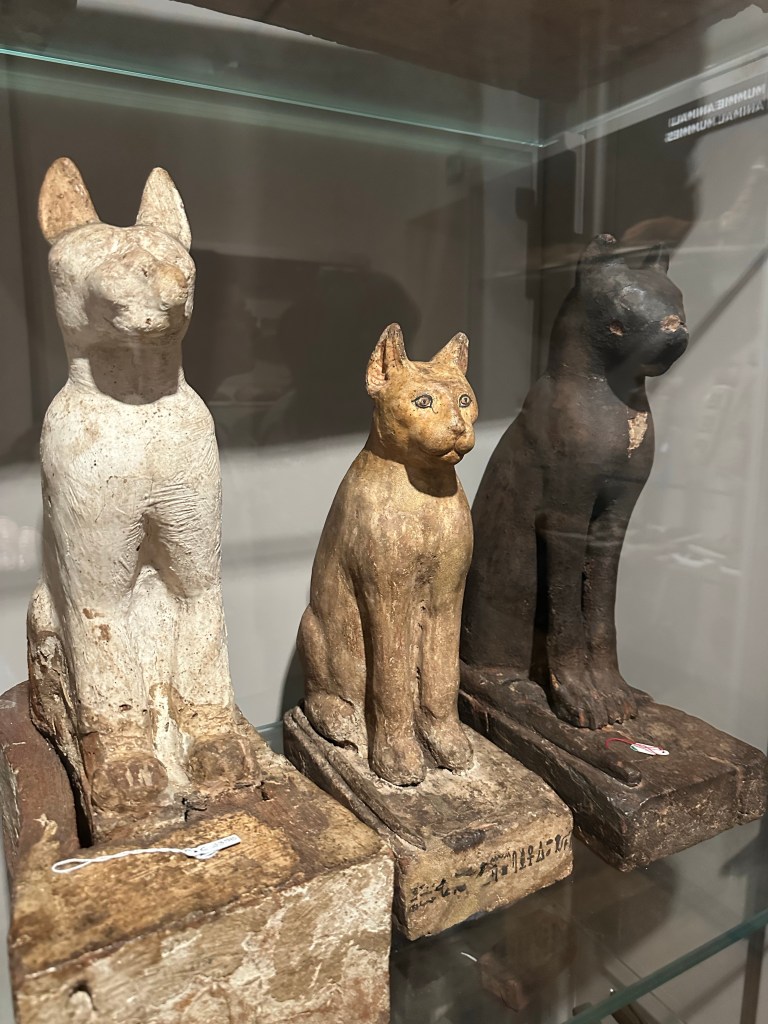
And what about cats? Contrary to popular belief, Egyptians did not worship cats. They just believed, sensibly if you ask me, that cats were vessels the gods chose to inhabit.

And the gods liked looking like cats.
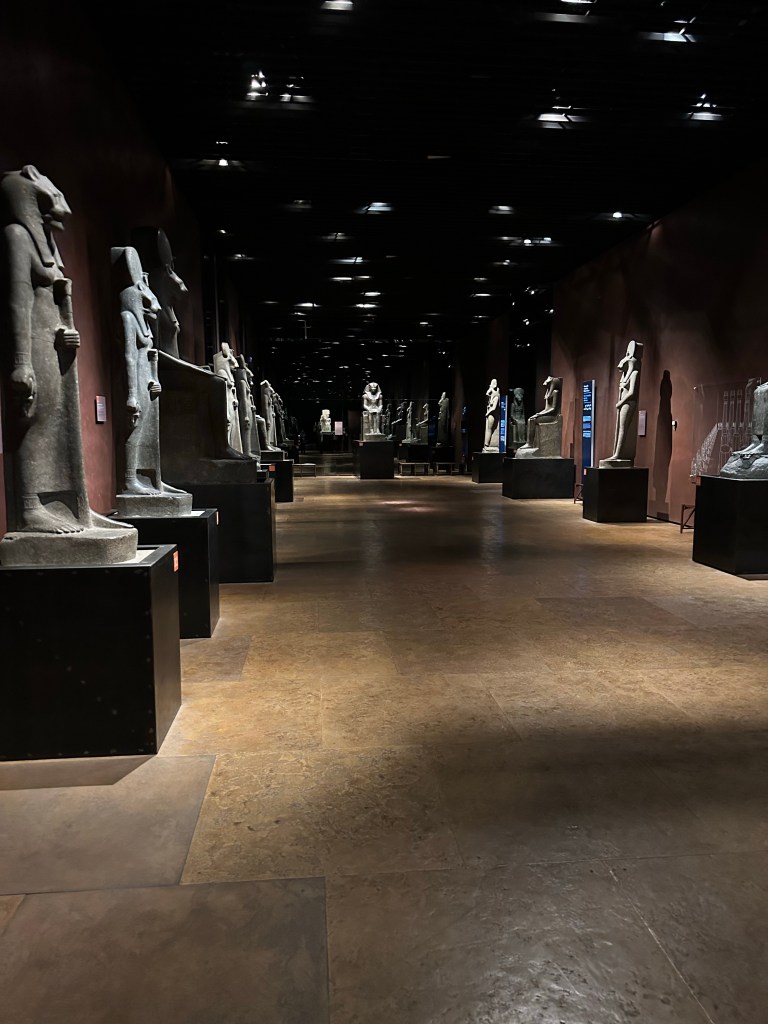
One huge hall of the museum has any number of enormous statues of the god Sekhmet. Scholars believe there were once 365 versions, one for every day of the year. Here’s the caption:


Well, we all know that cats require a lot of respect.

When it was time to leave Torino, I went to the main train station and bought tickets to Genova. The agent explained that all Genova trains left from the Lingotto station just a few Metro stops away. OK!
But guess what? The Lingotto metro station is about a mile away from the Lingotto railway station. In all my years of travel, I’ve never run into that situation. I should have called a cab, but locals kept telling me it was just a short walk. When I finally dragged my little rollaboard into the railway station, an hour after my Genova train was scheduled to leave, I found a small crowd of locals patiently waiting for the FIRST train of the day to Genova. All the morning trains were cancelled because there was some problem on the track. Oh, well, at least there were no worries about my ticket being valid. Nobody ever said that traveling in Italy is efficient!

